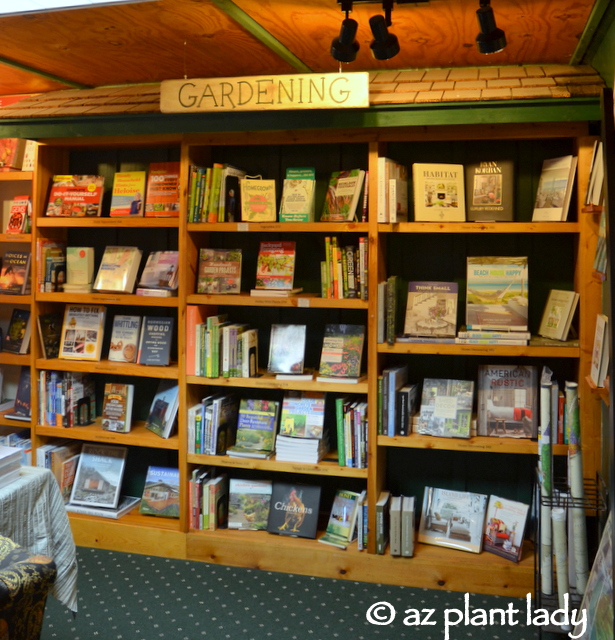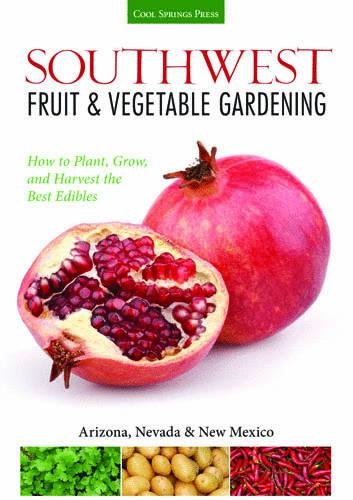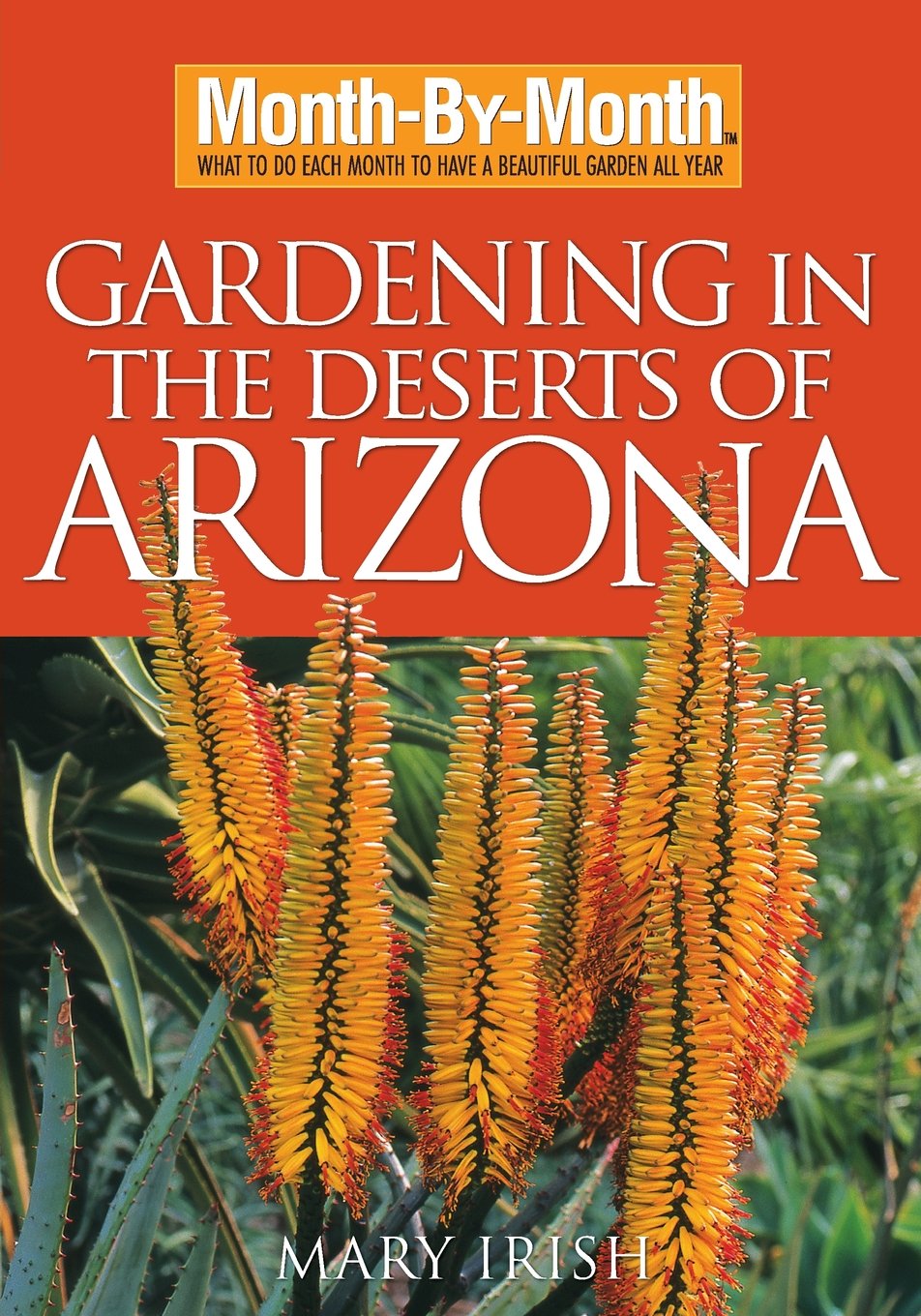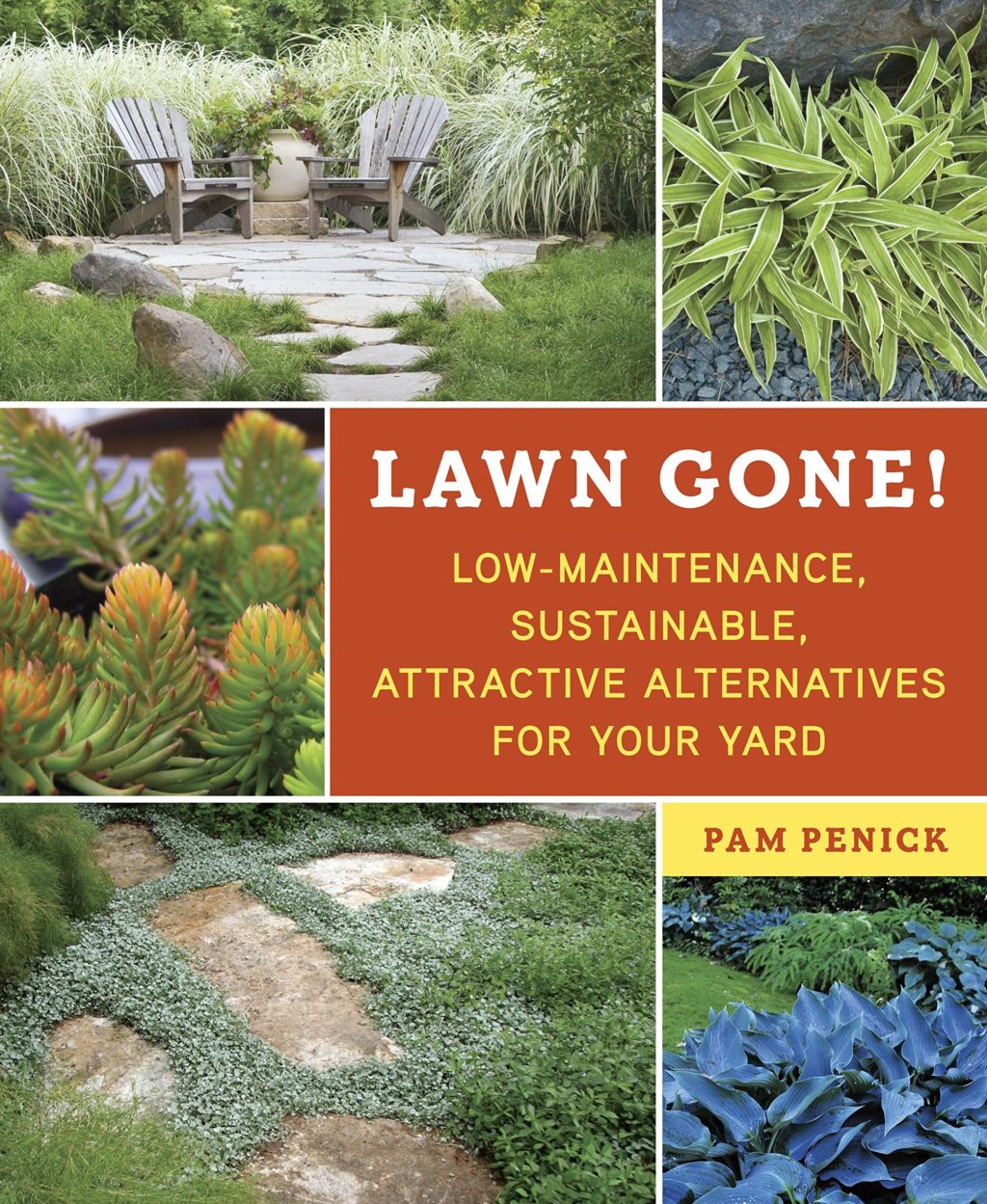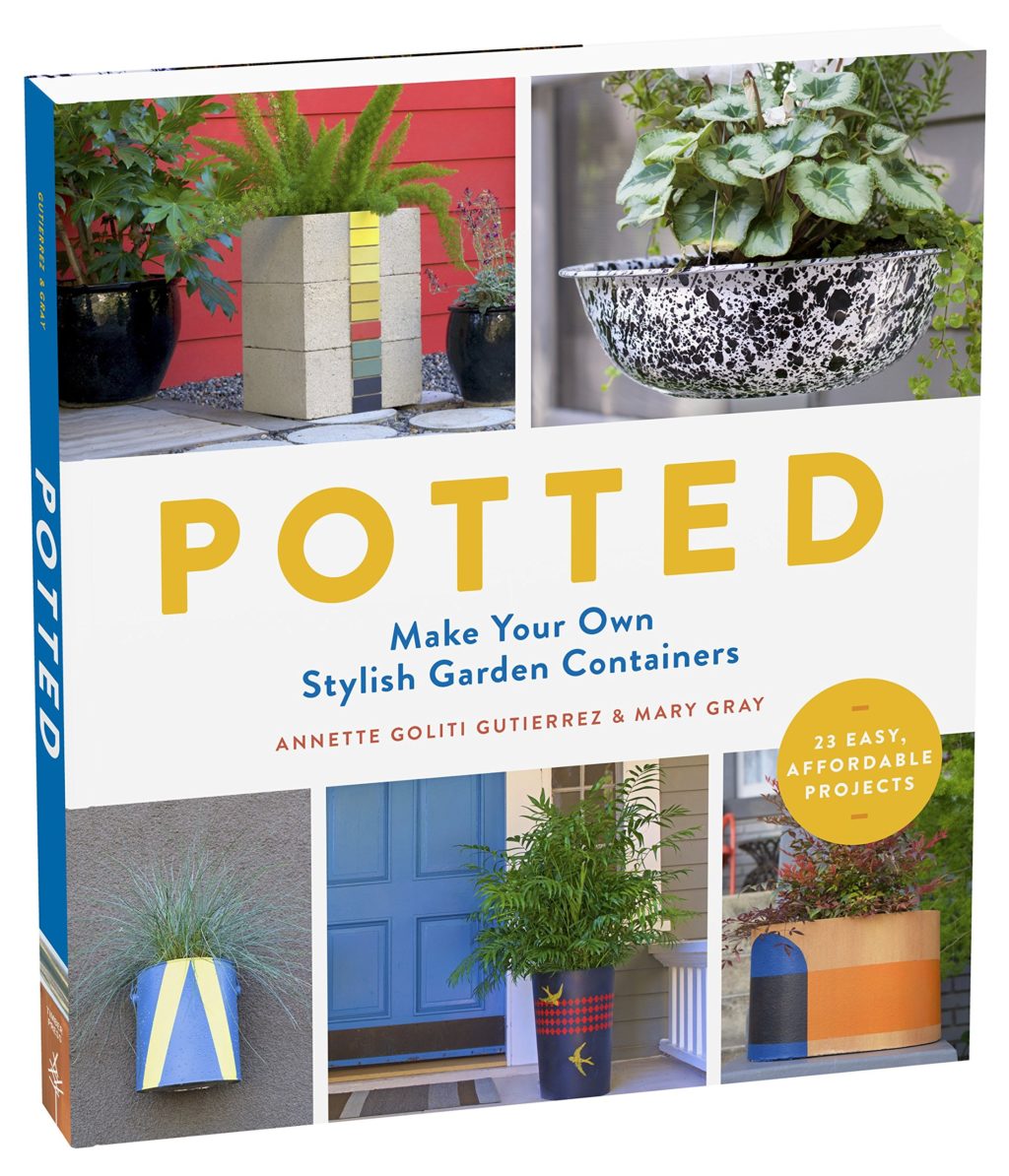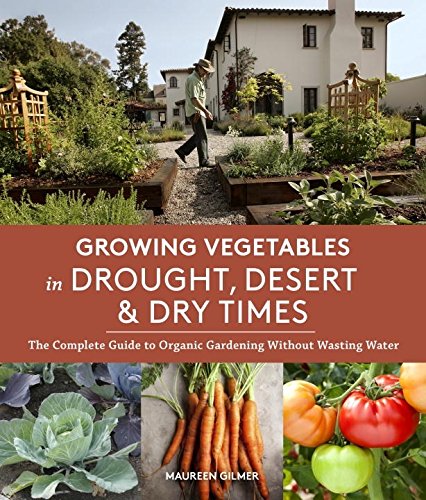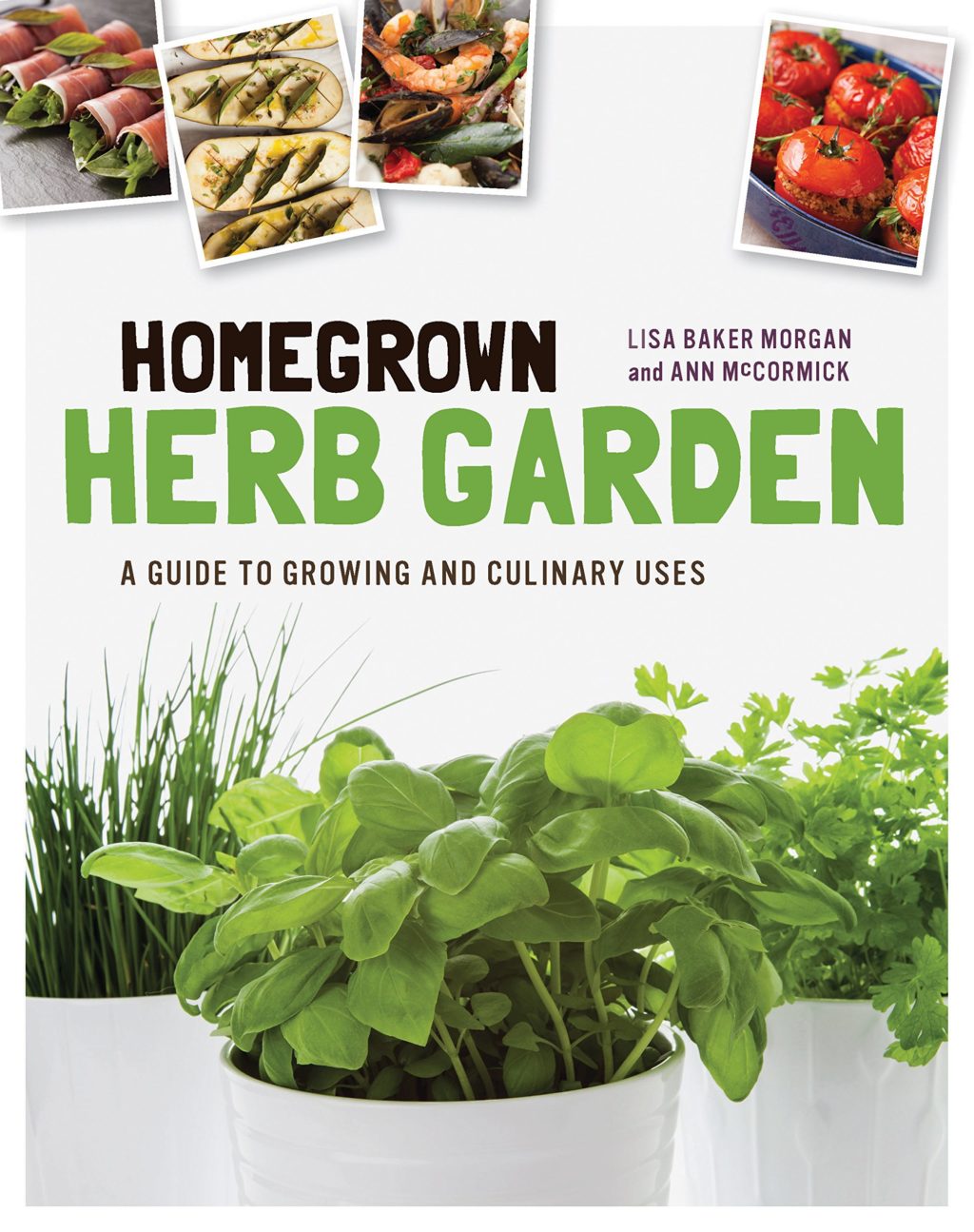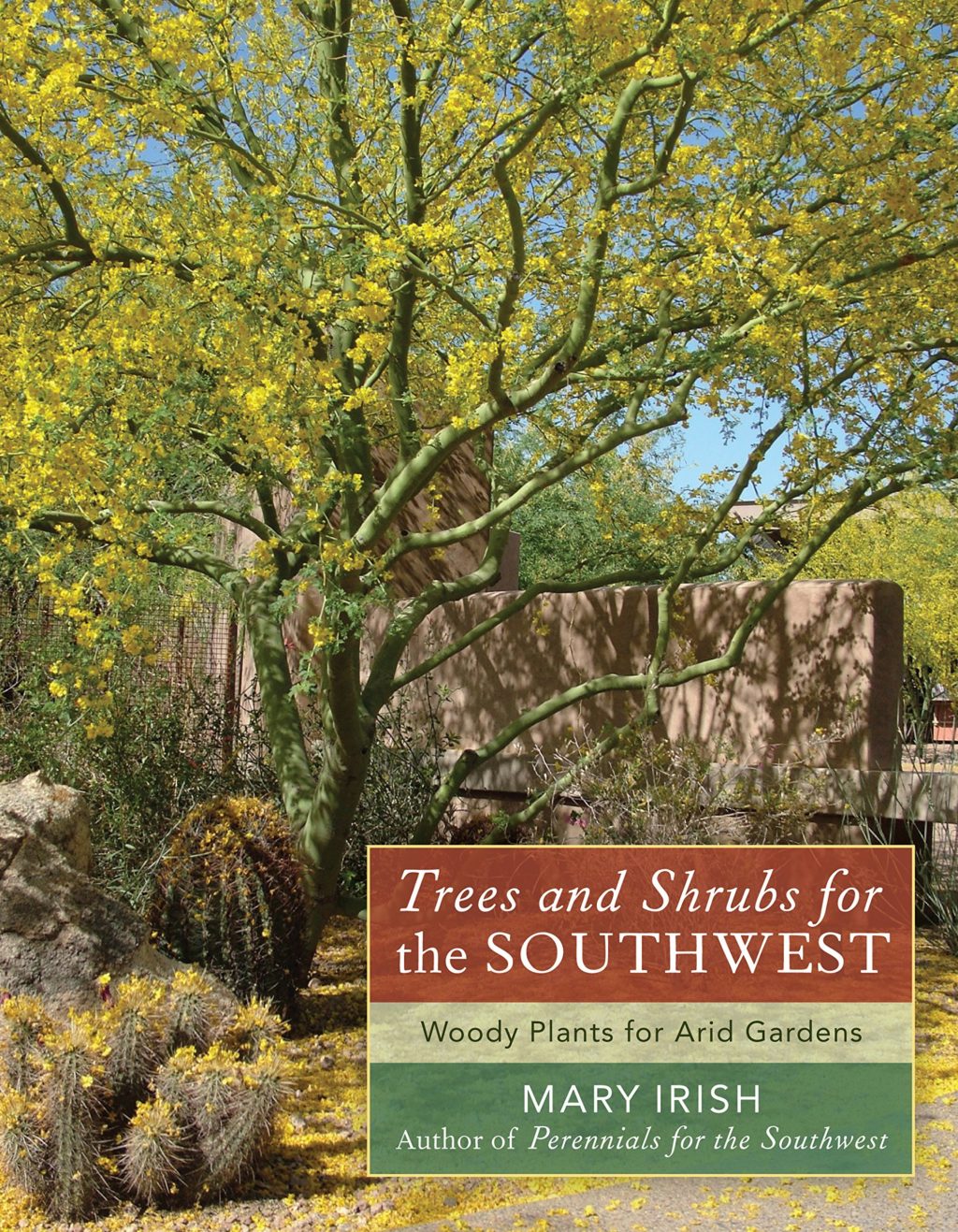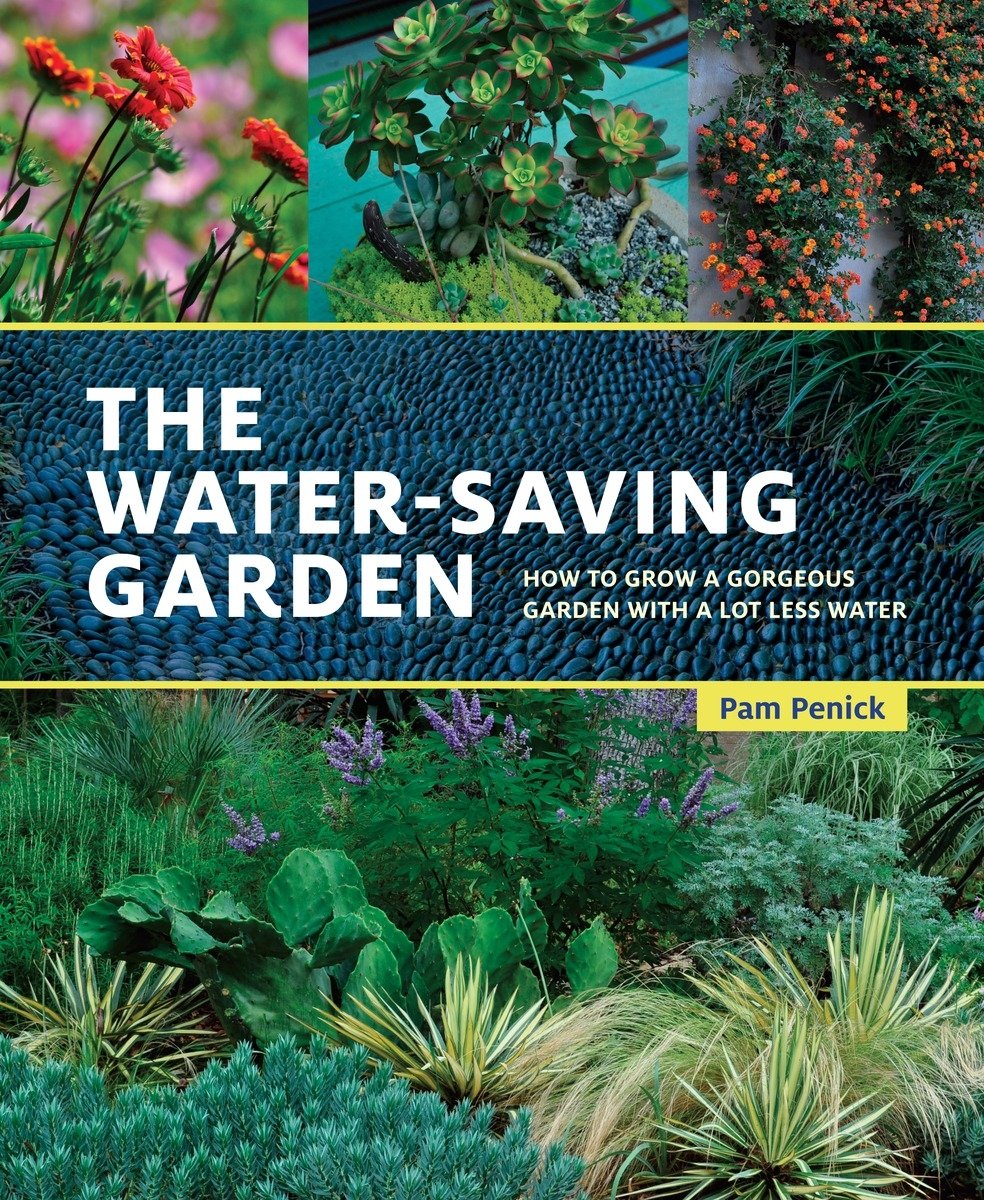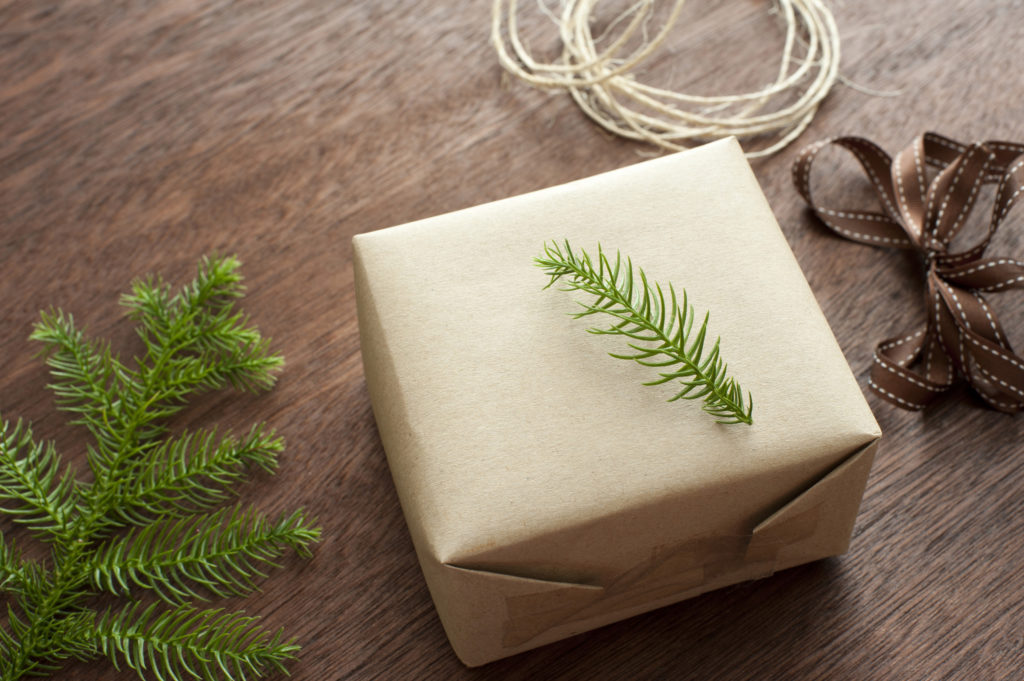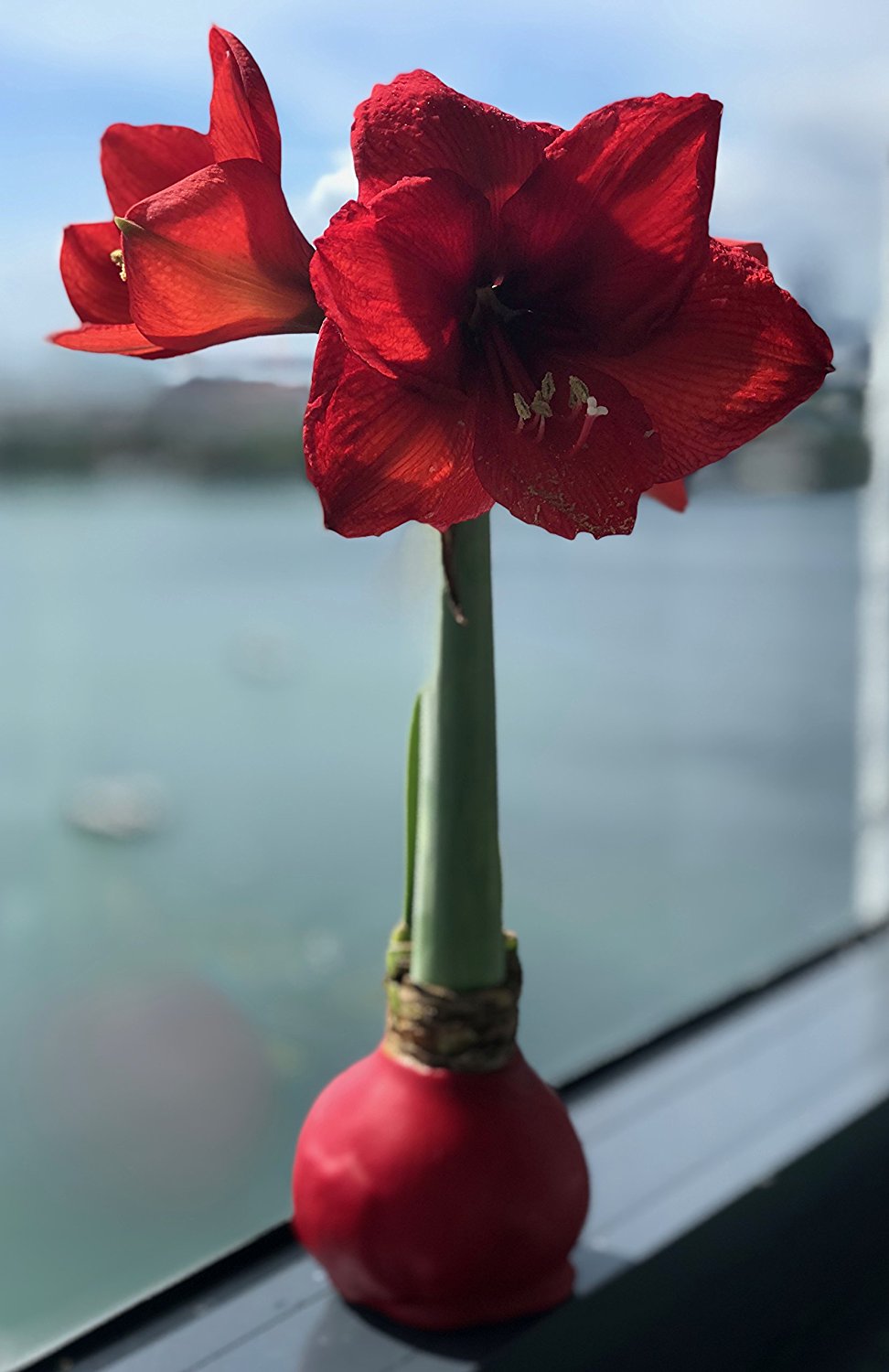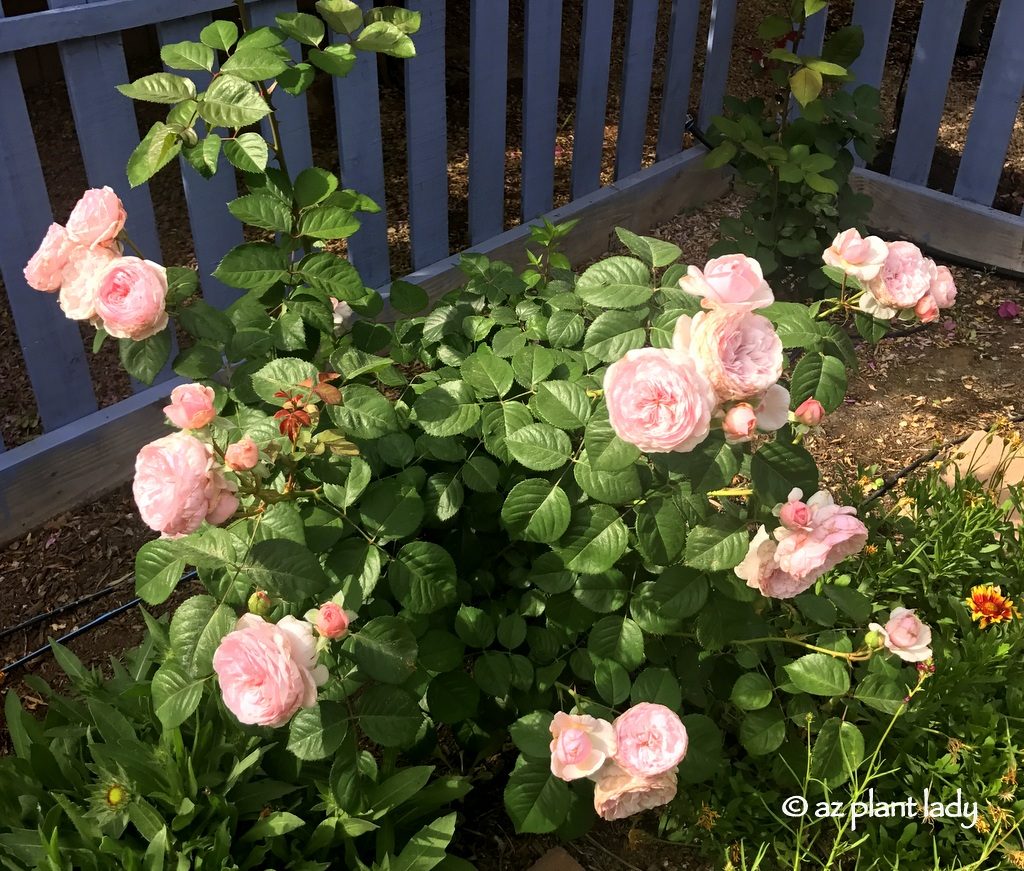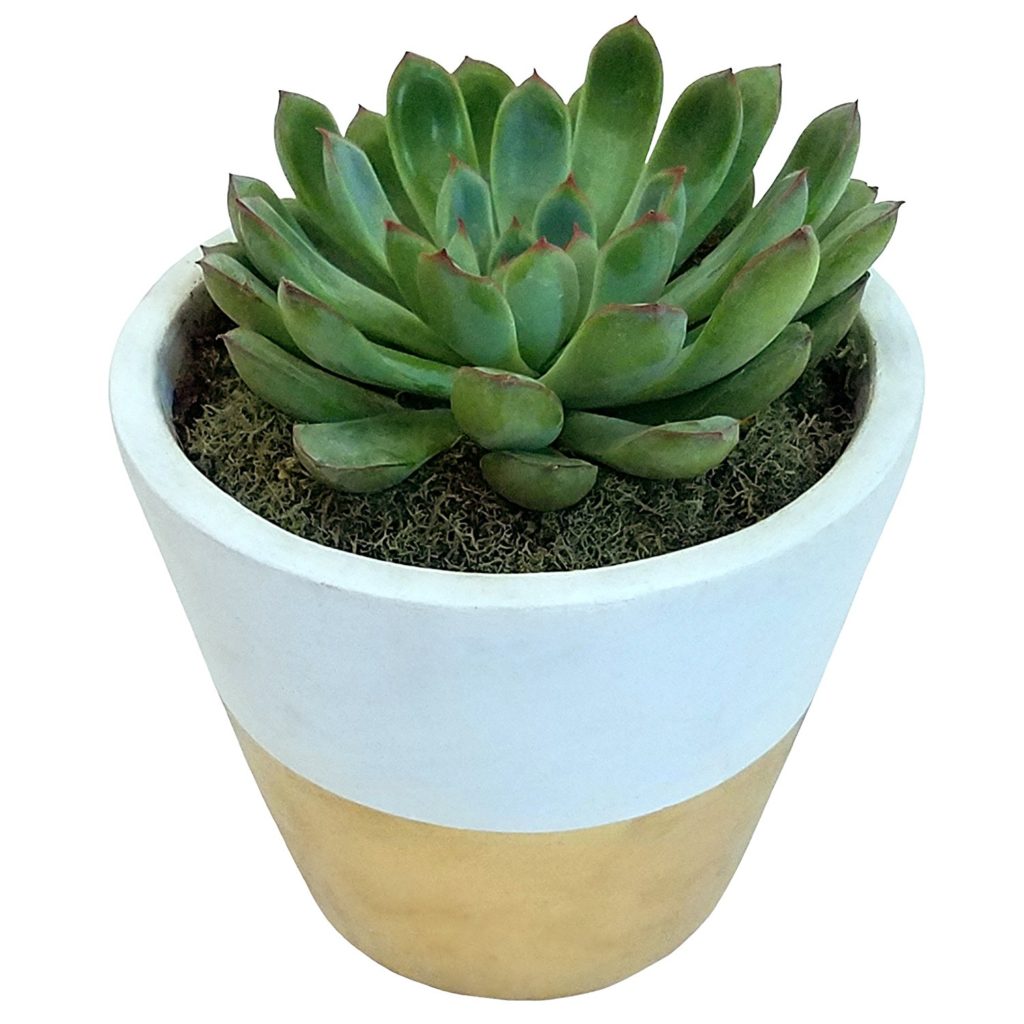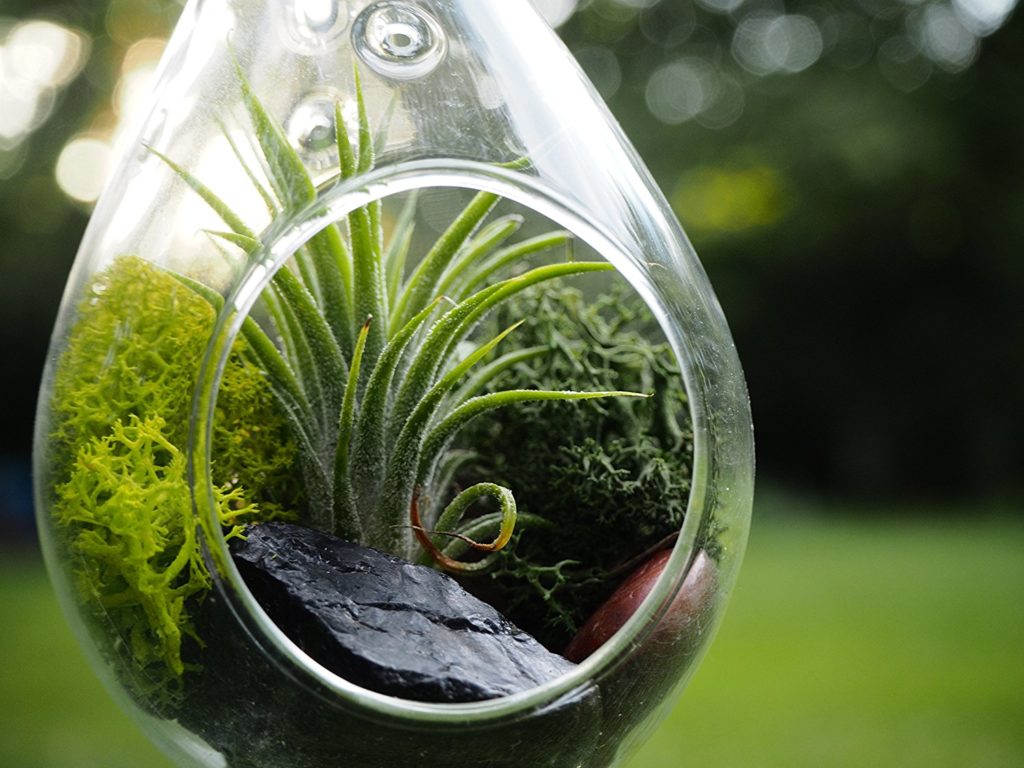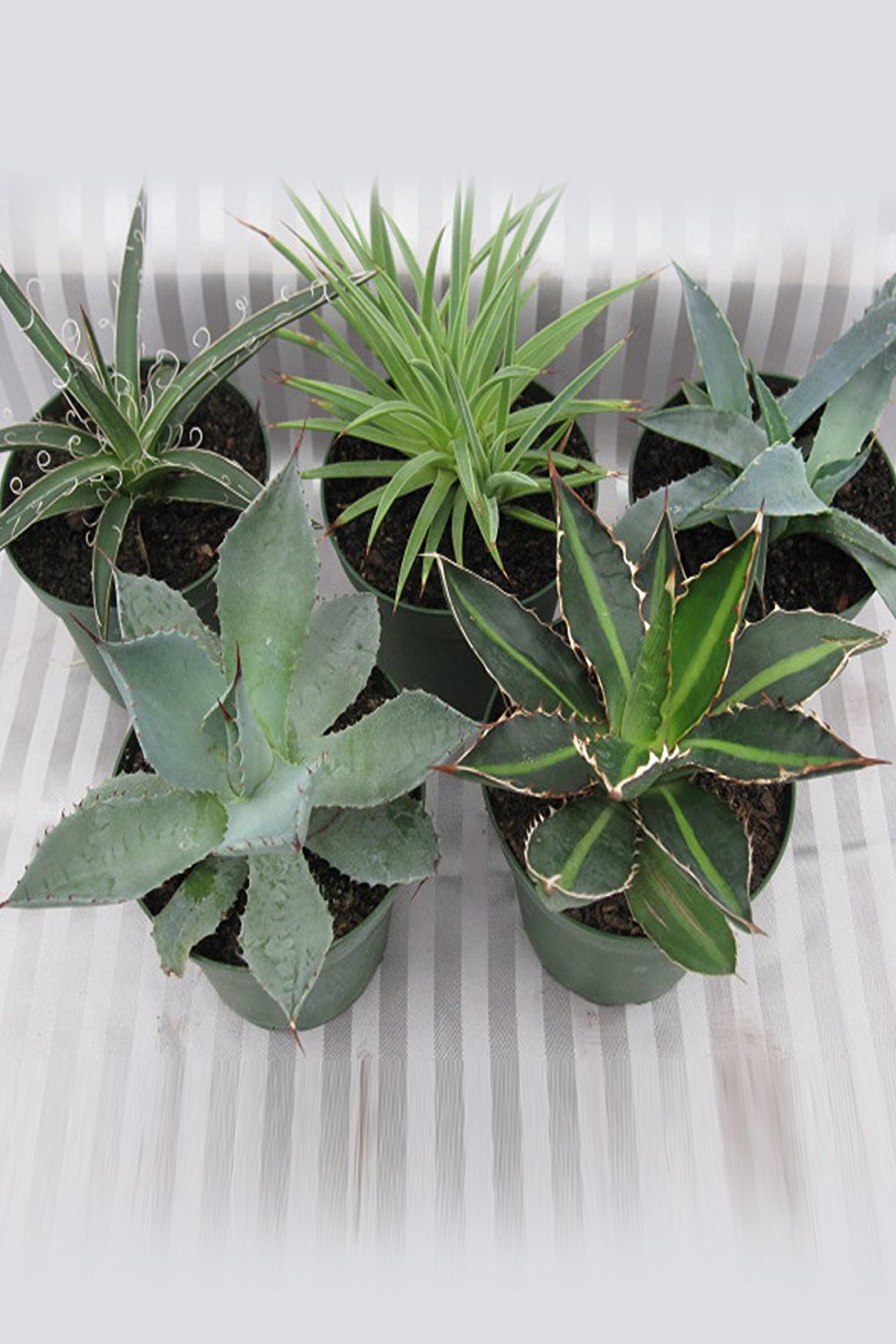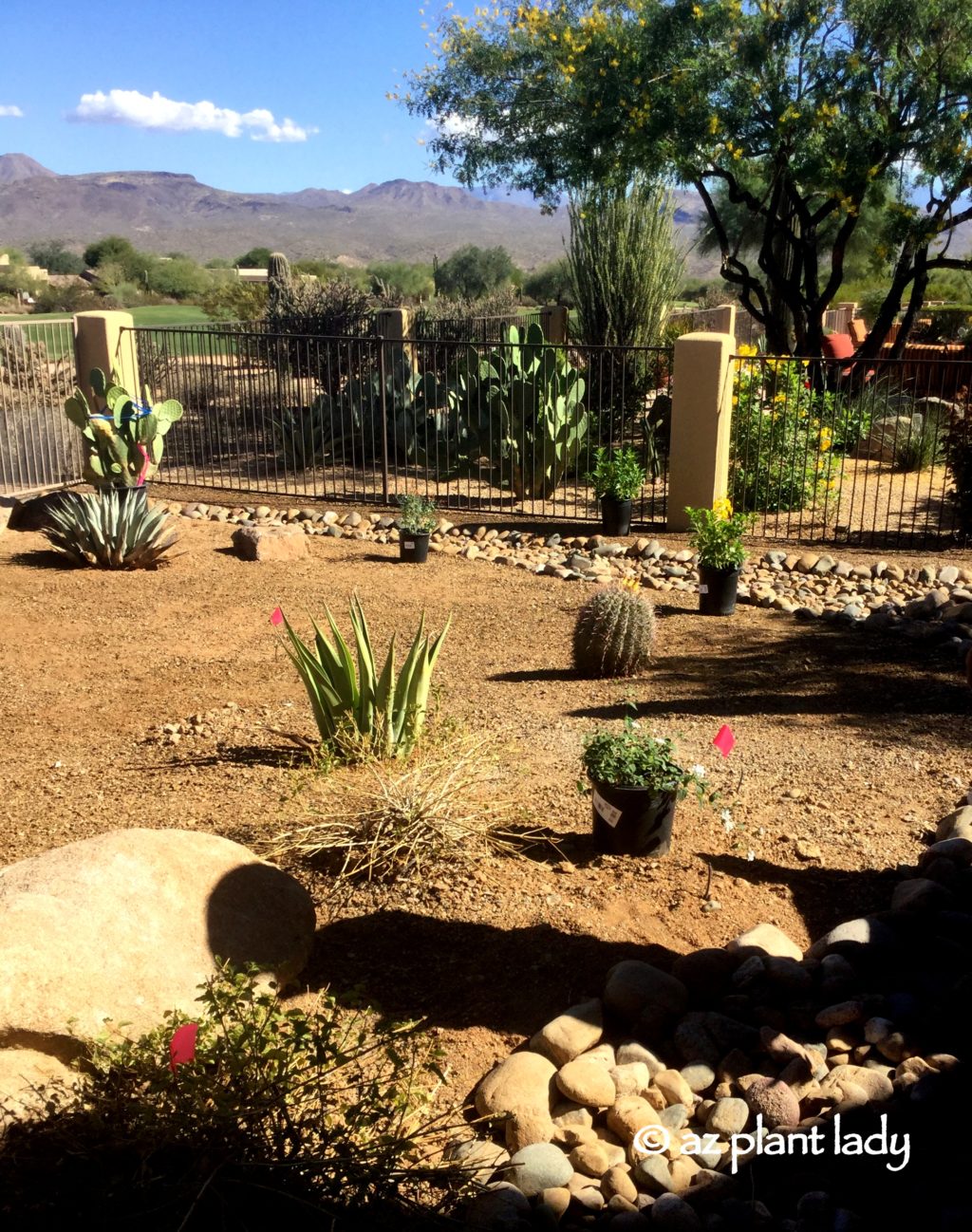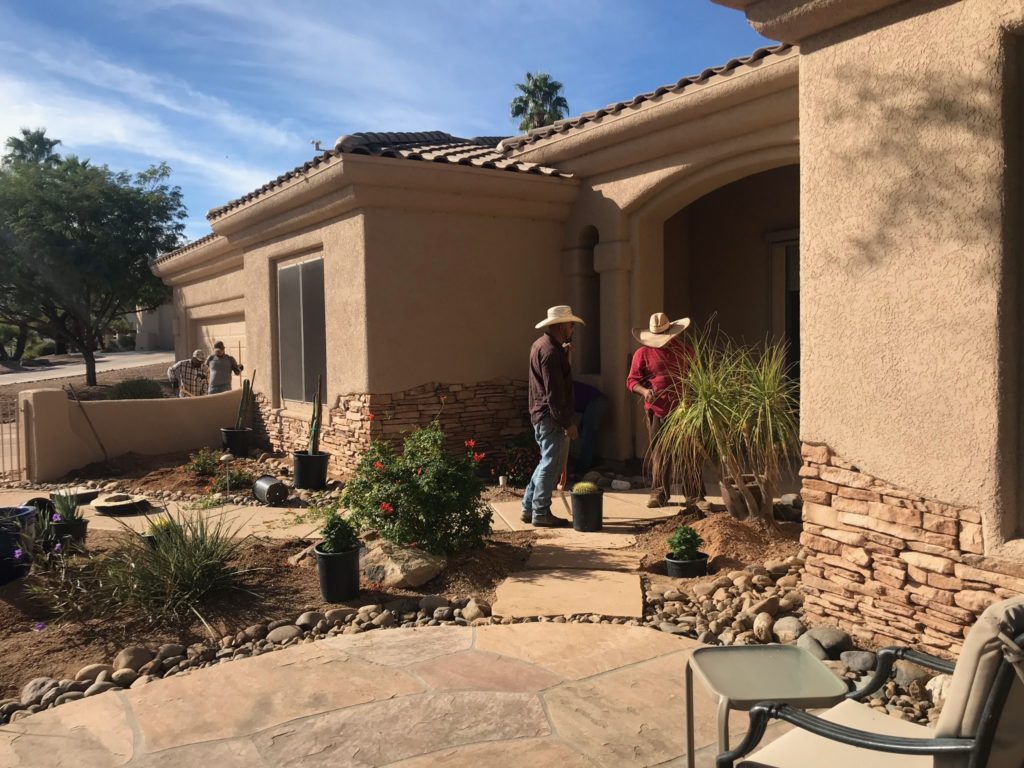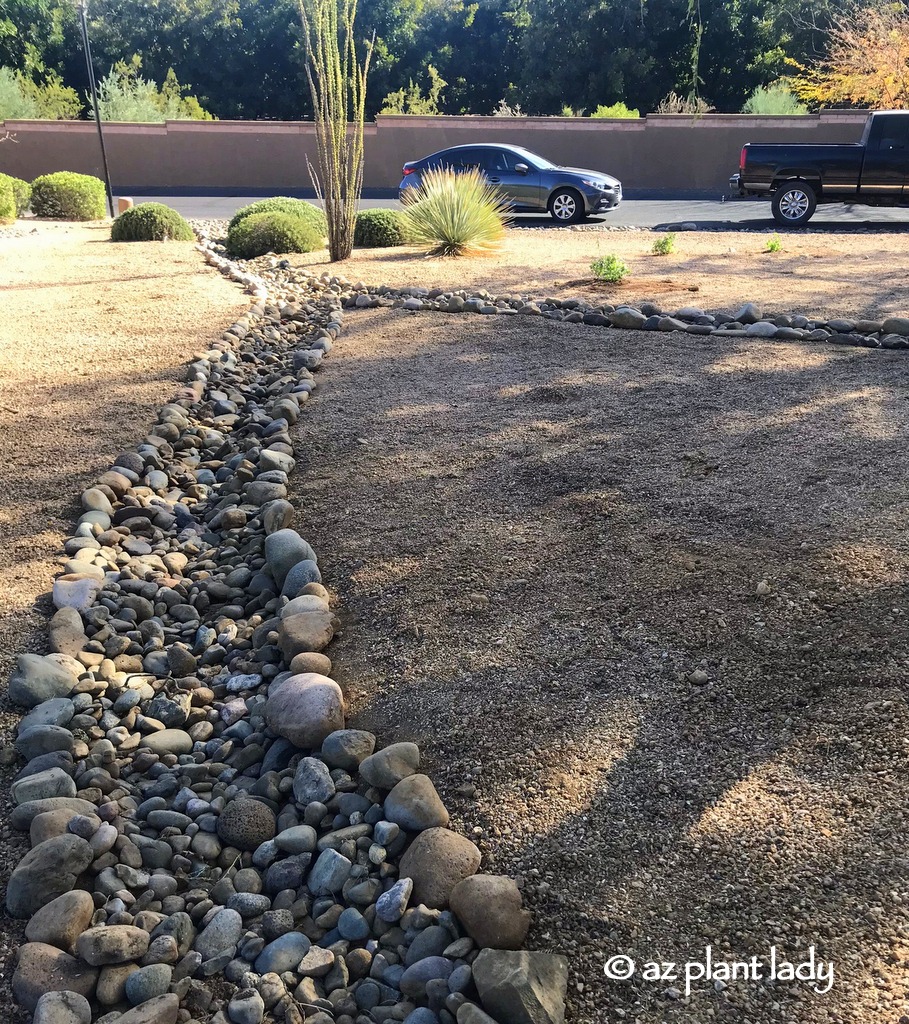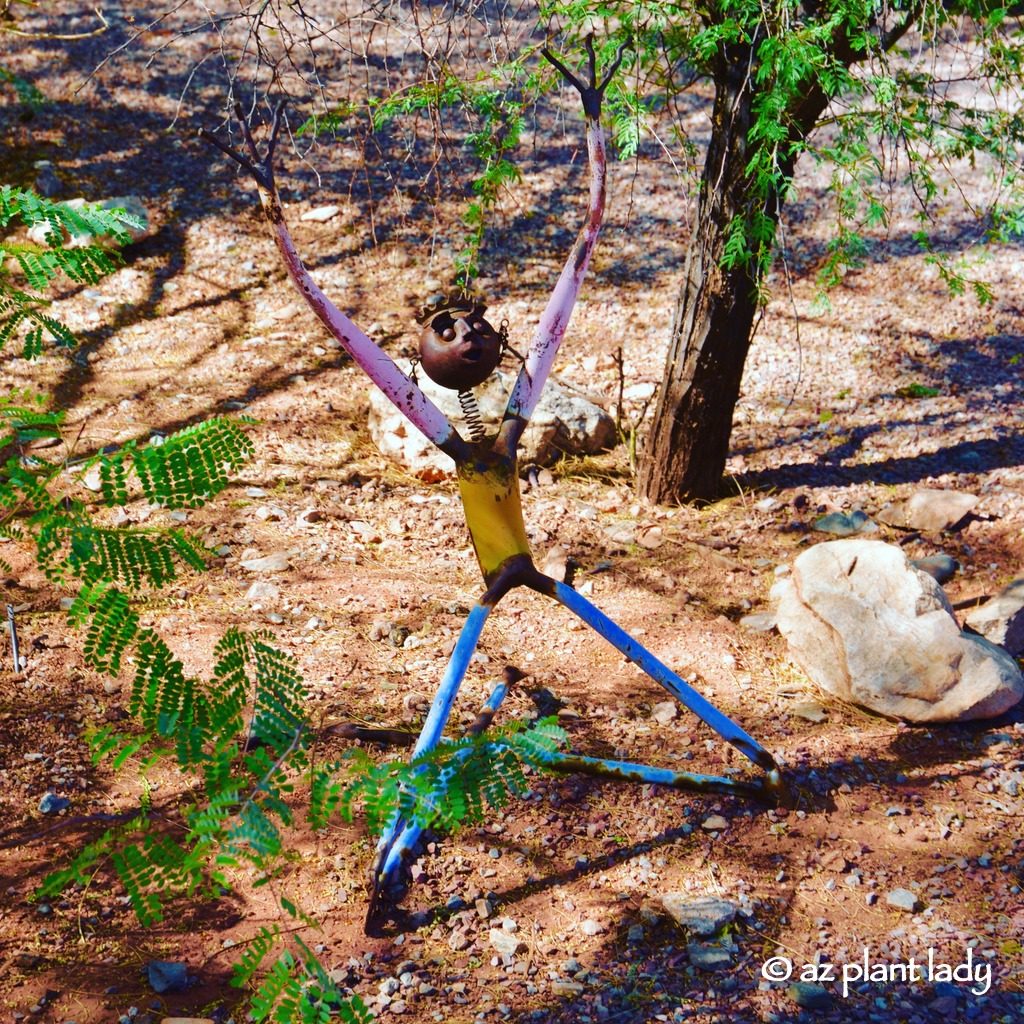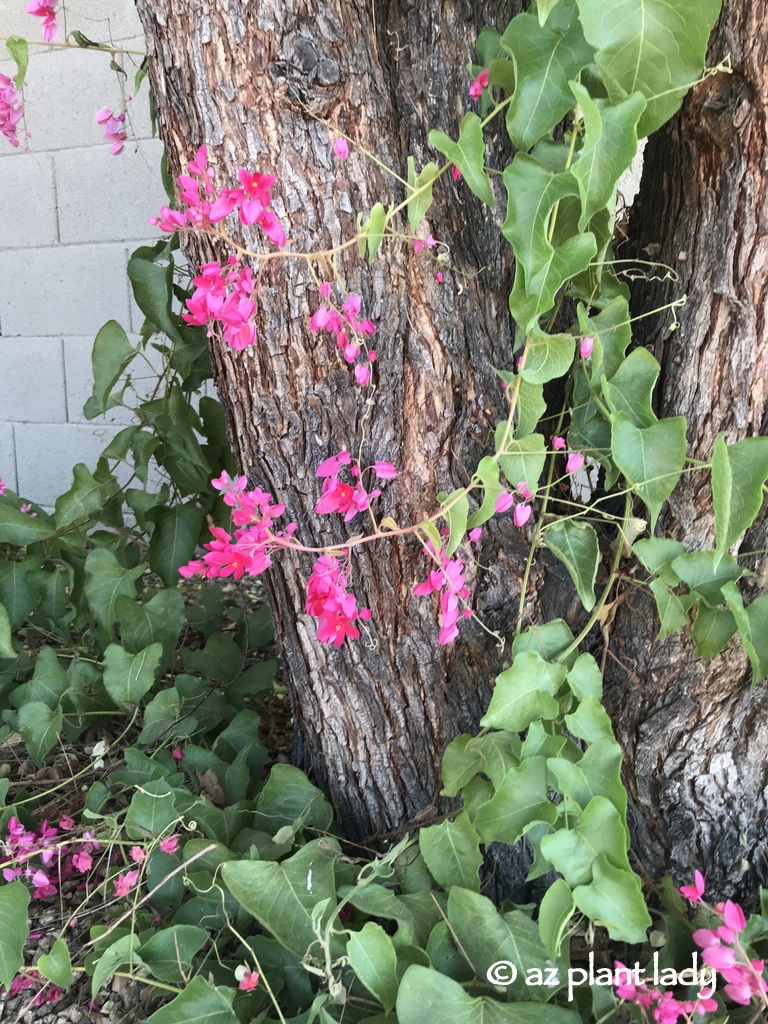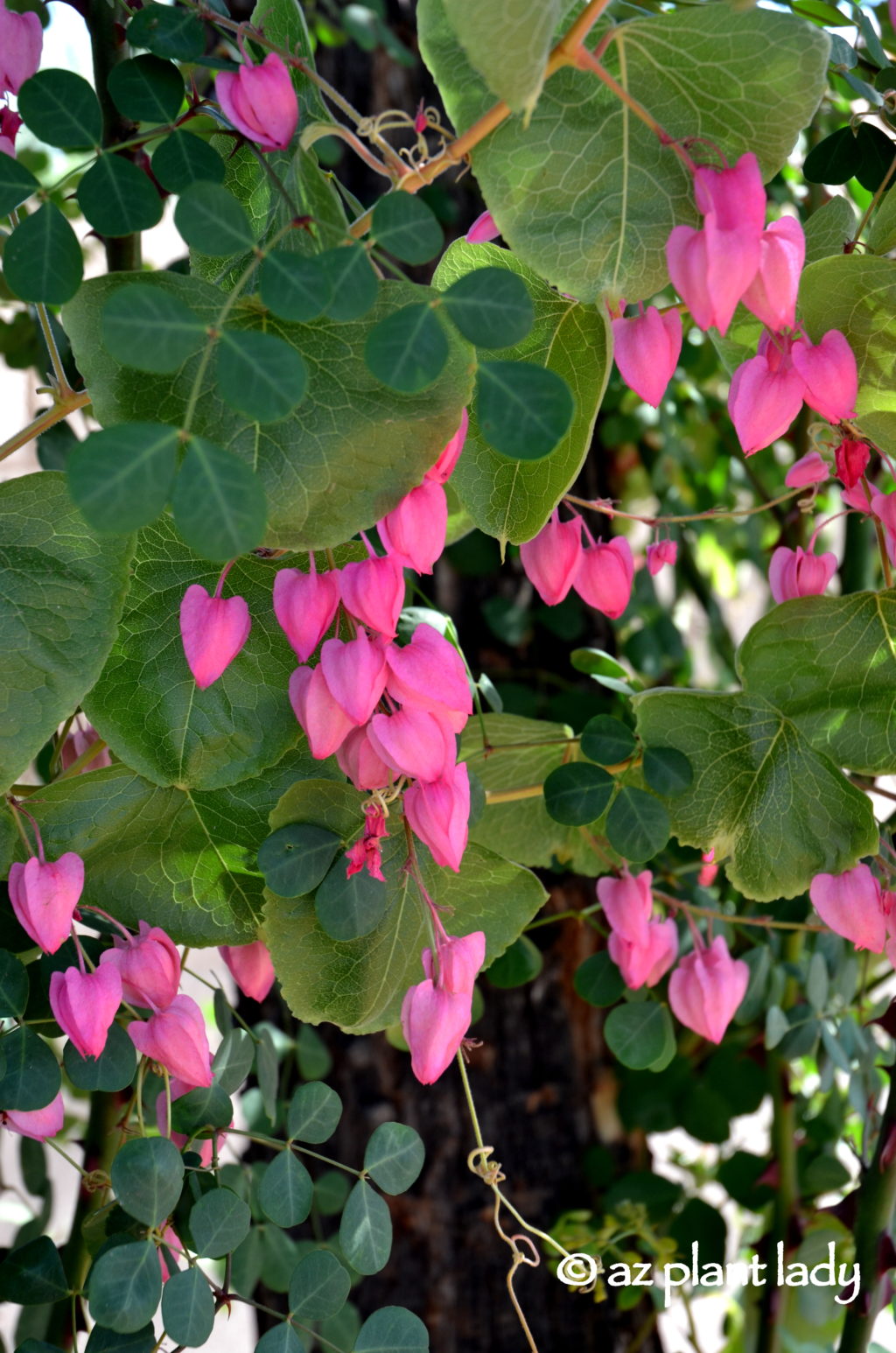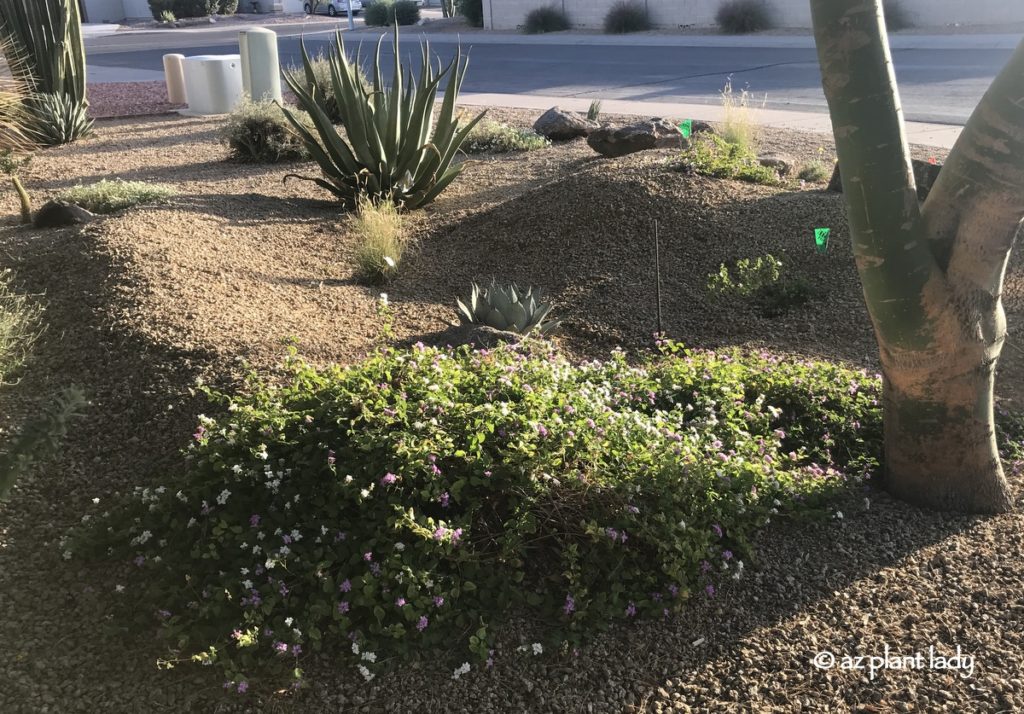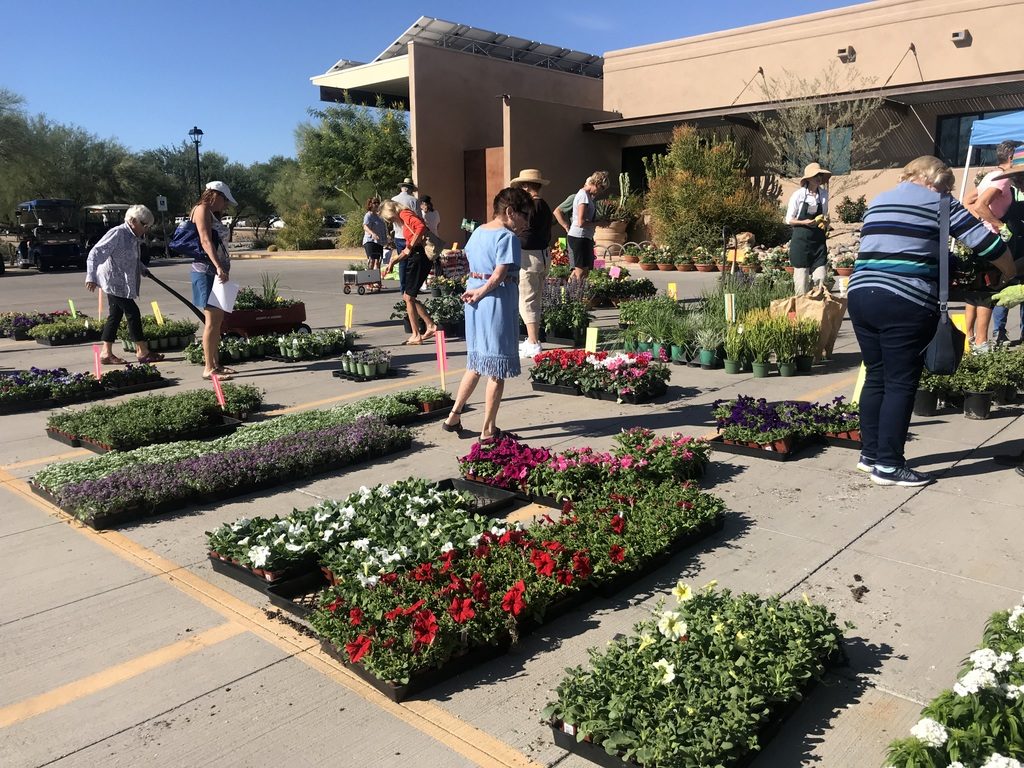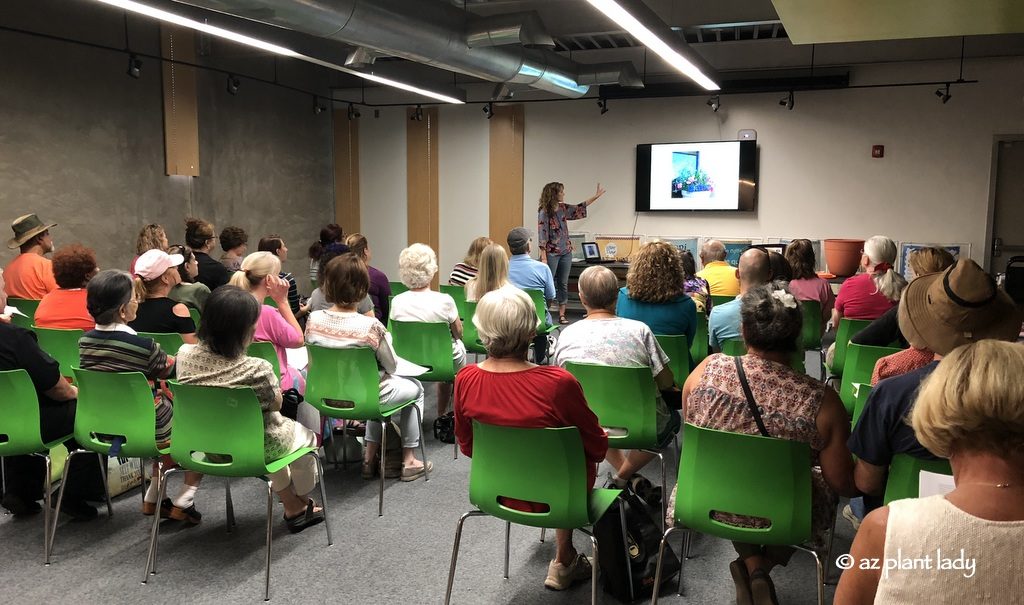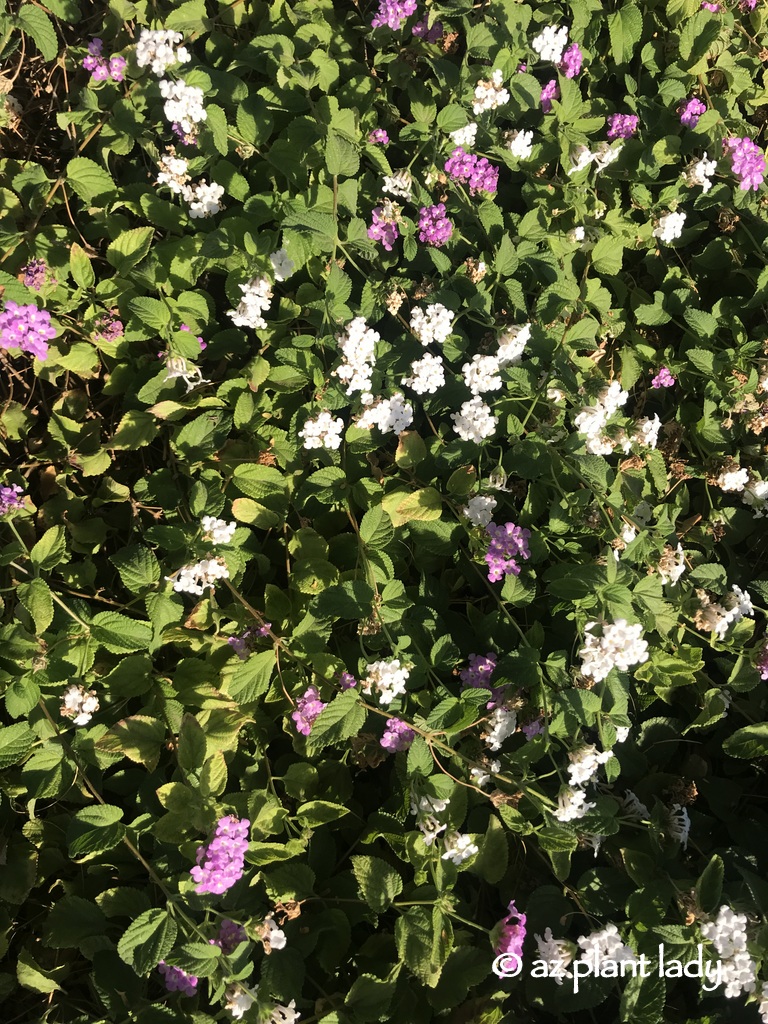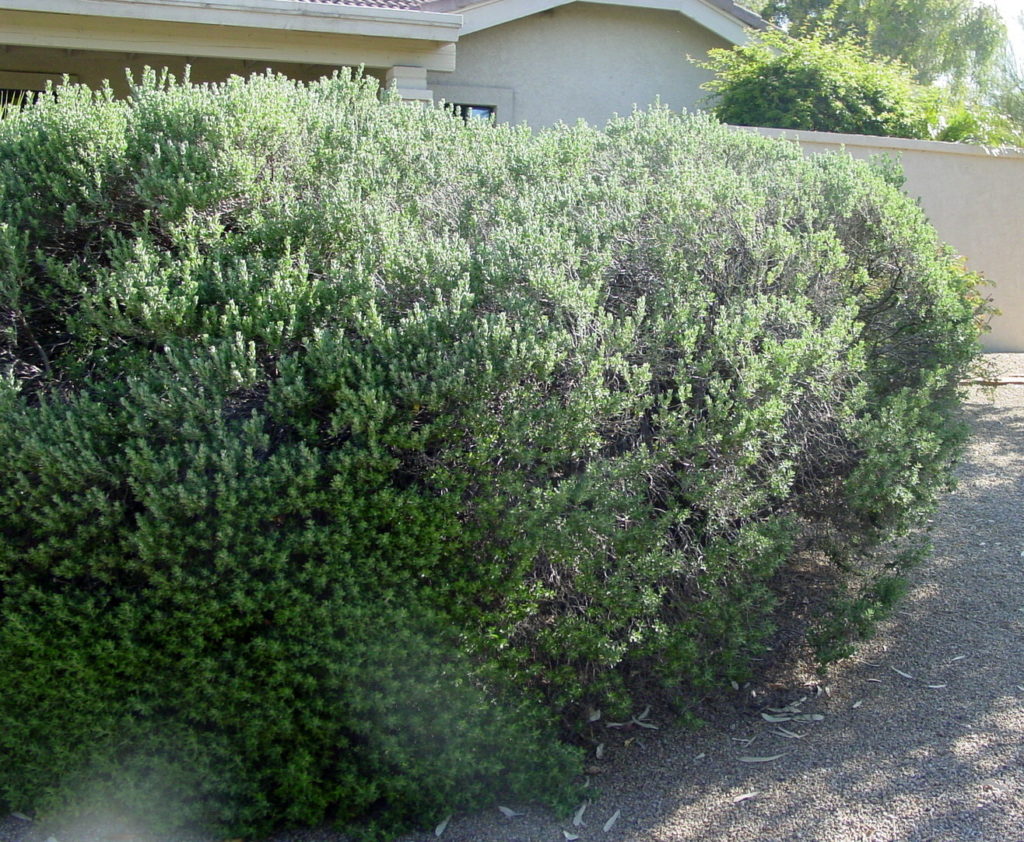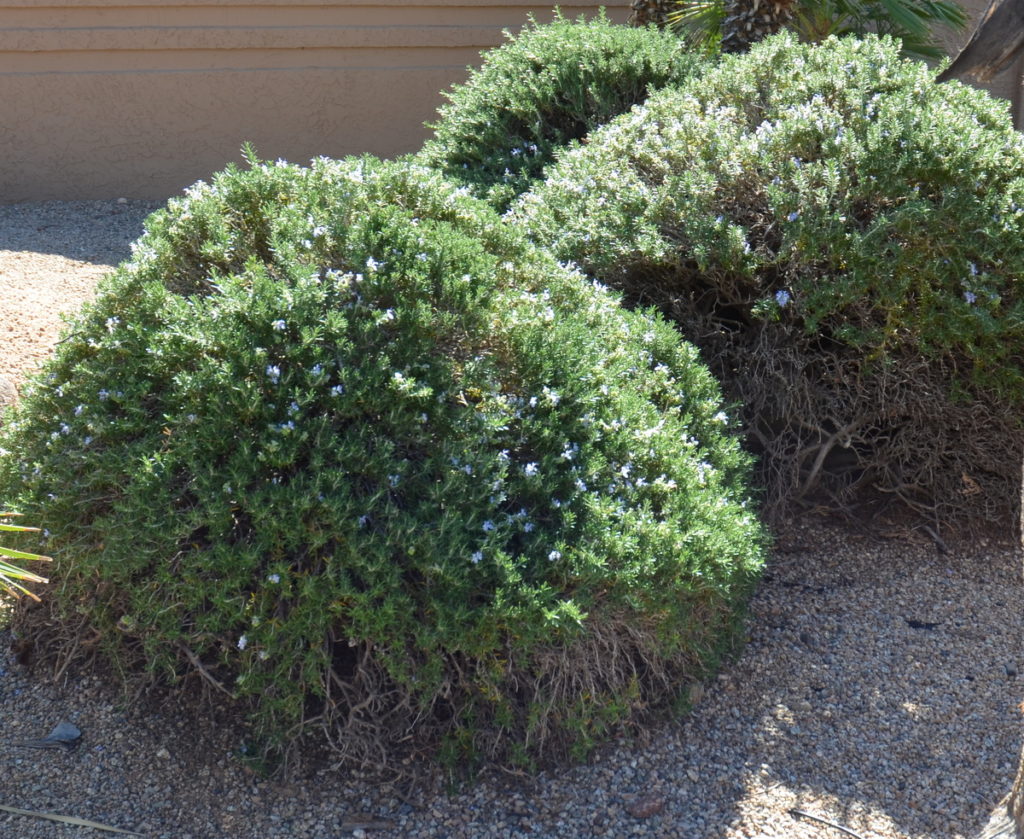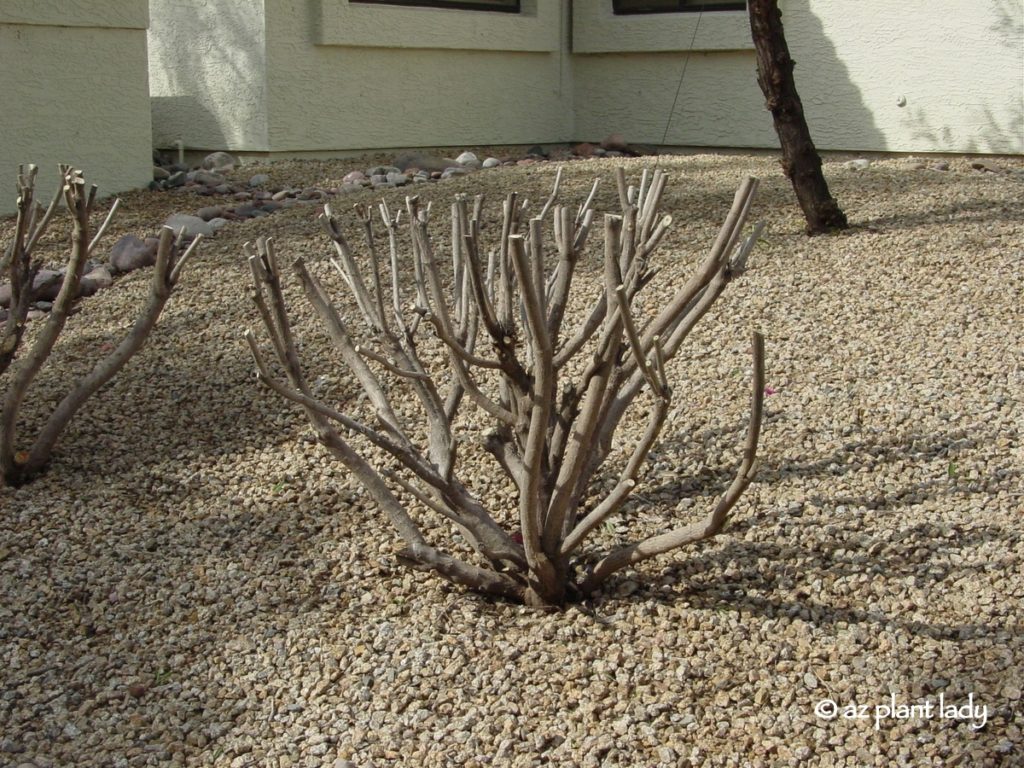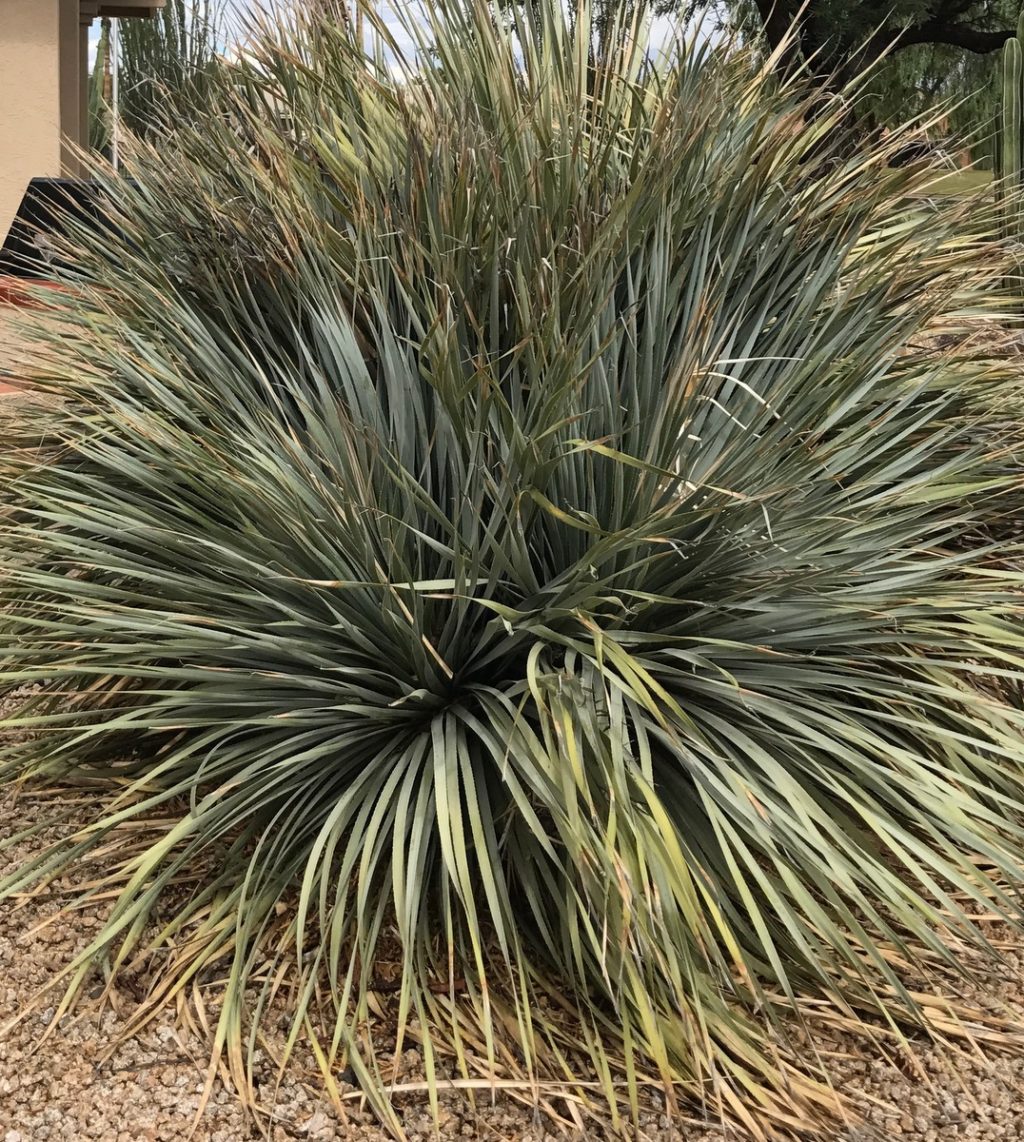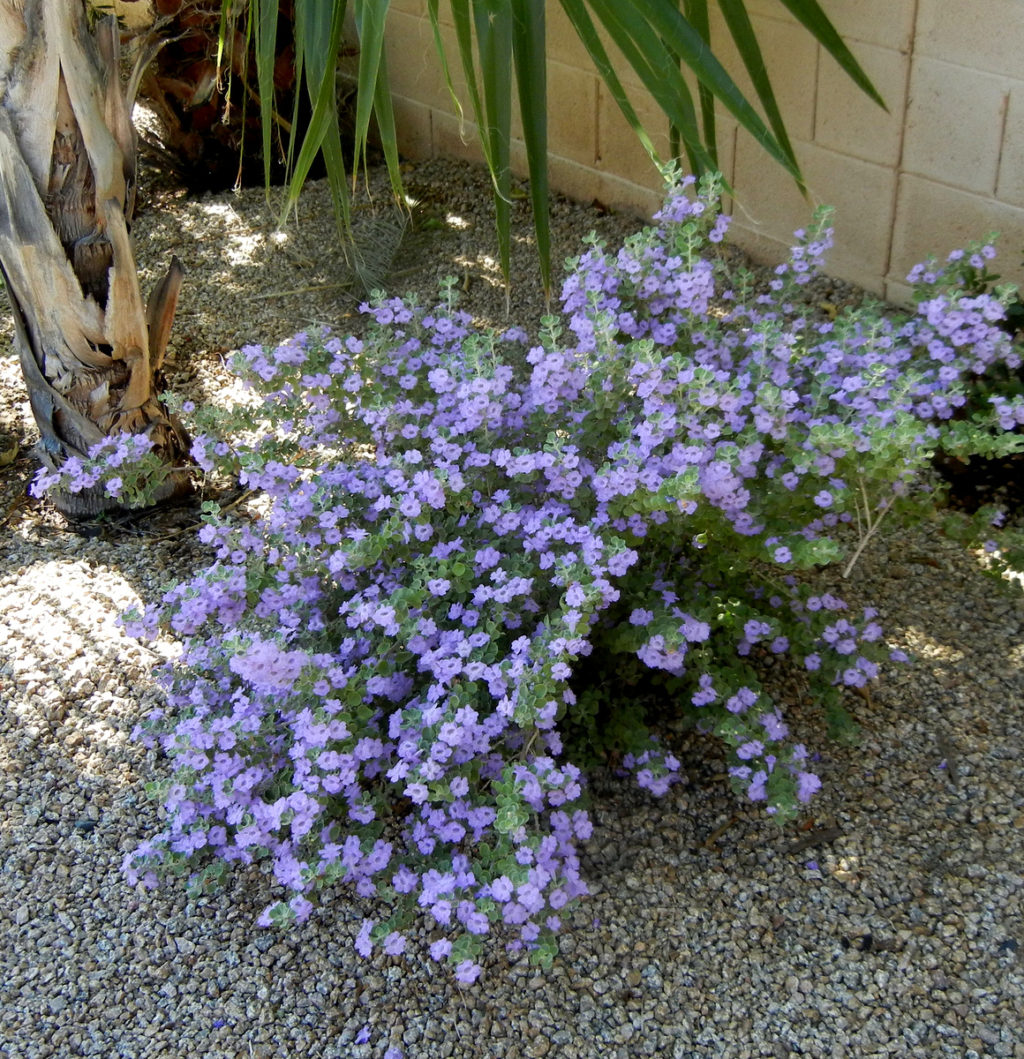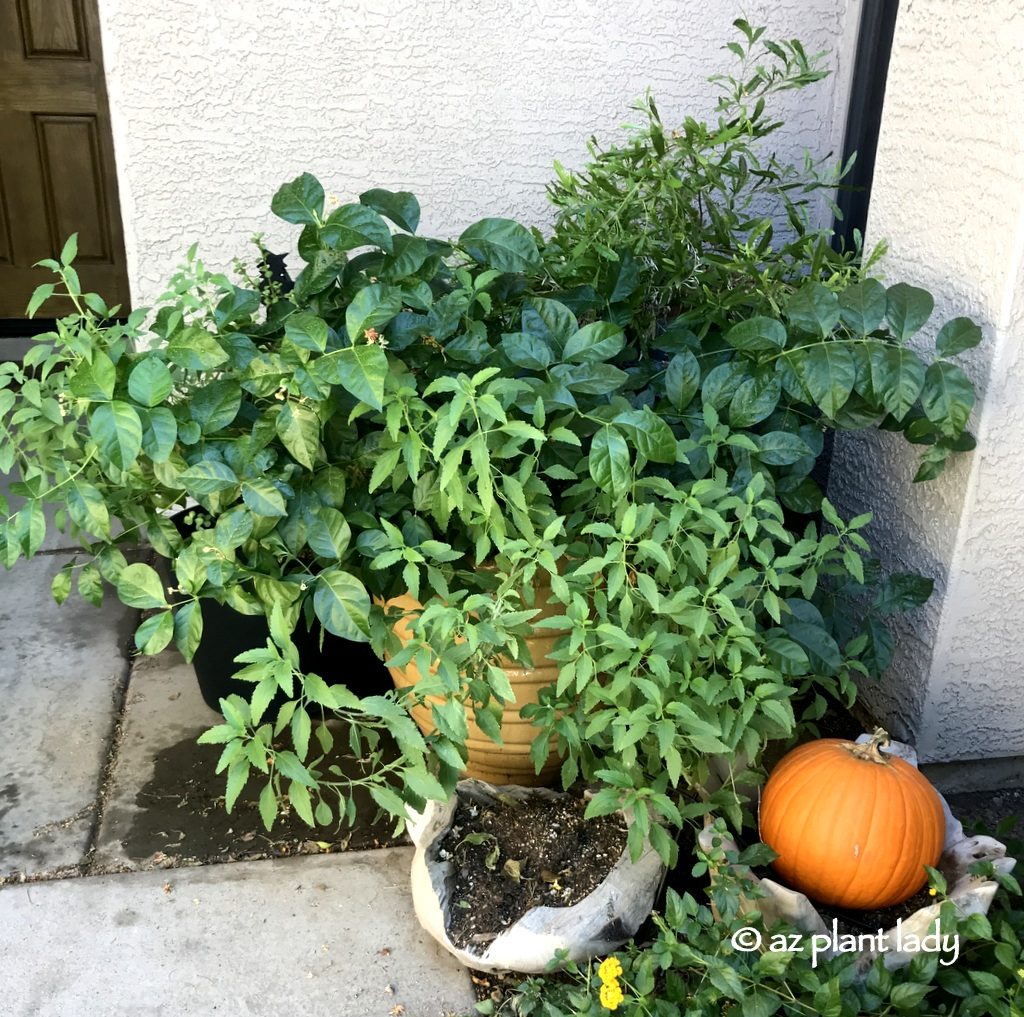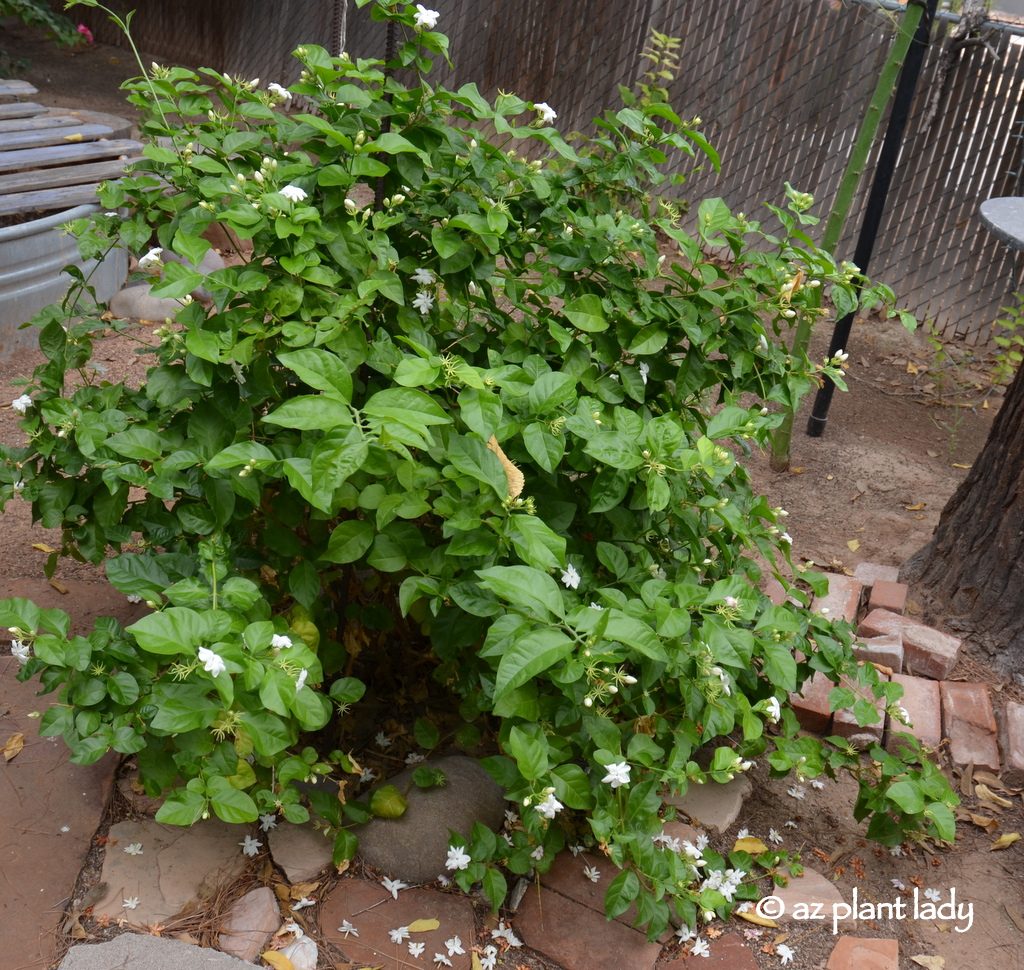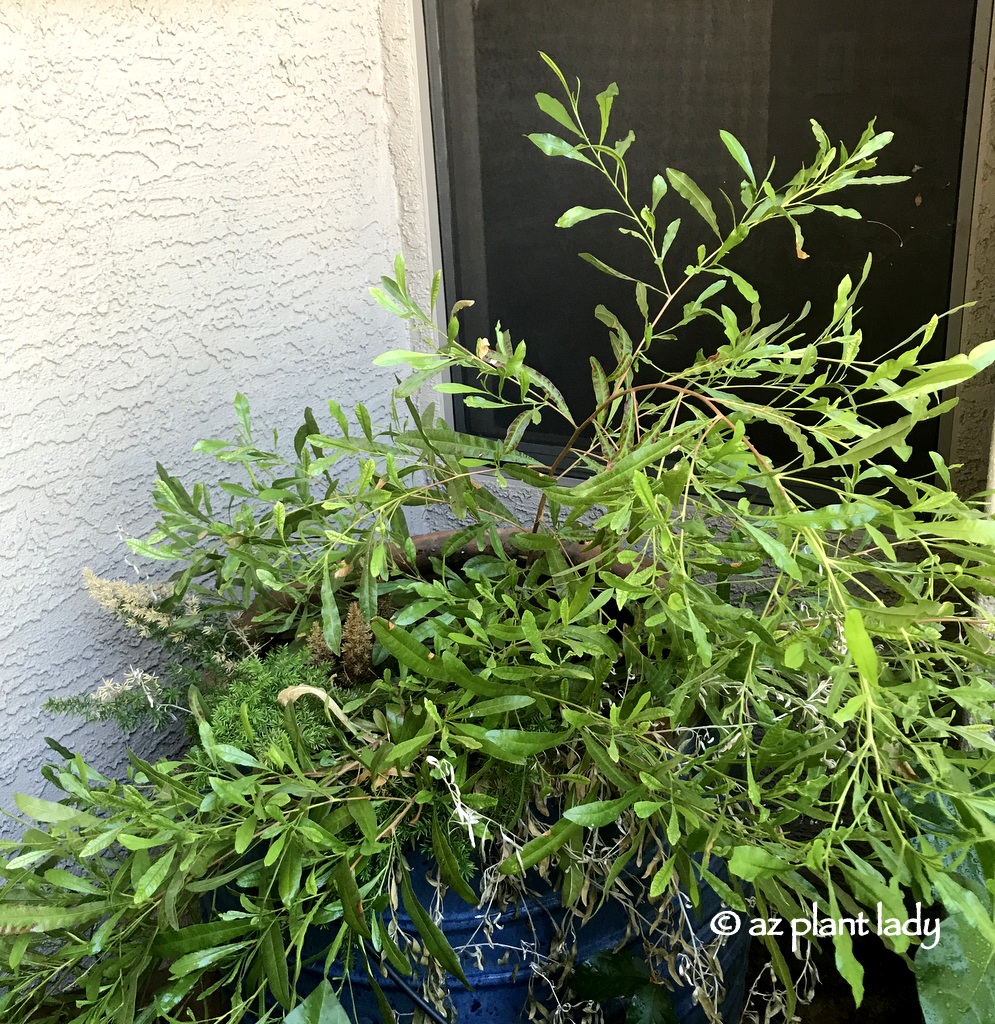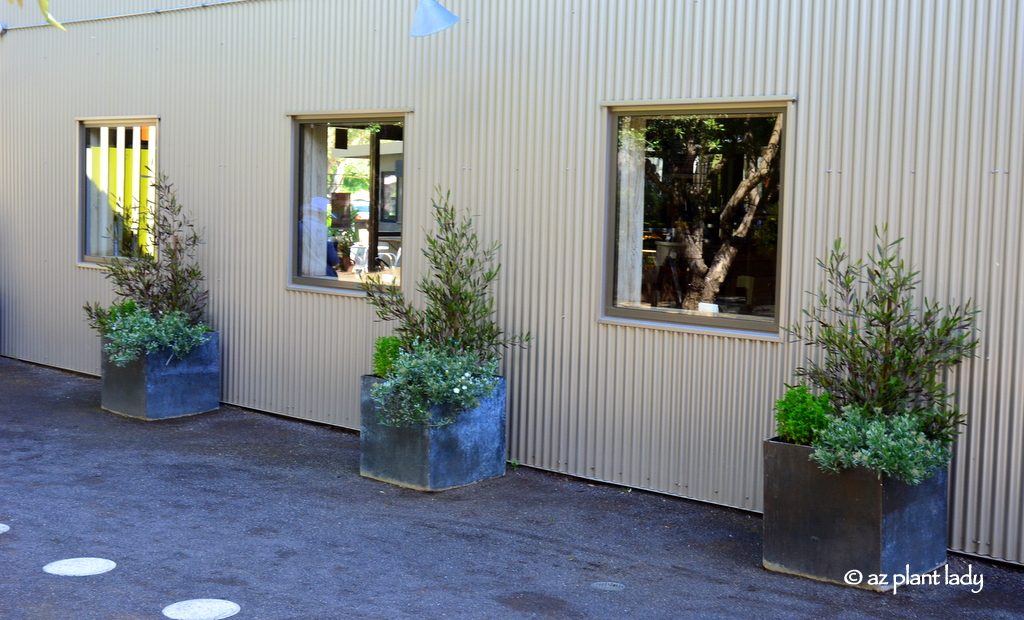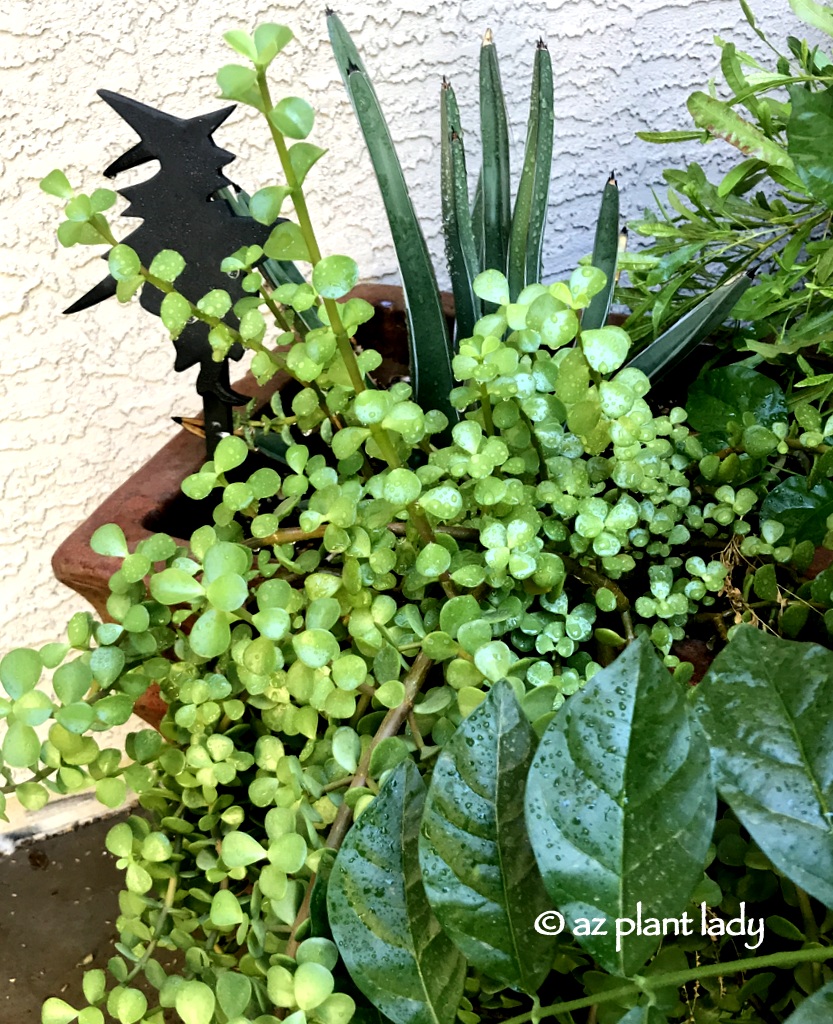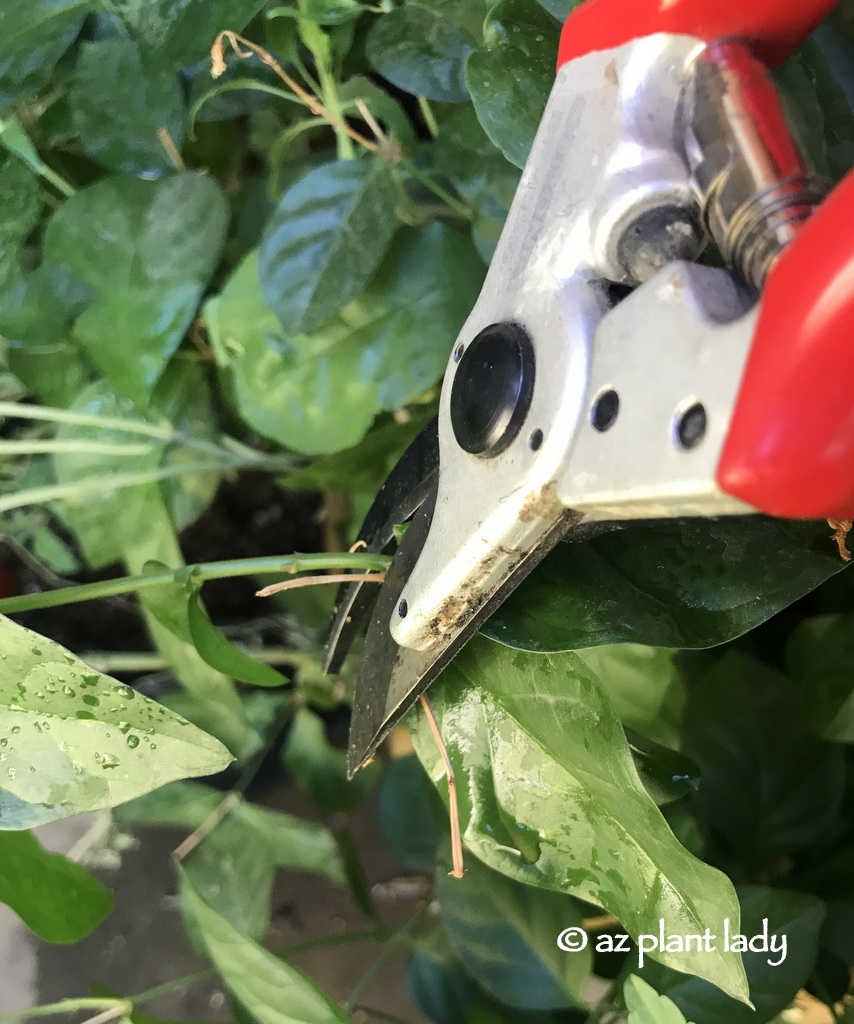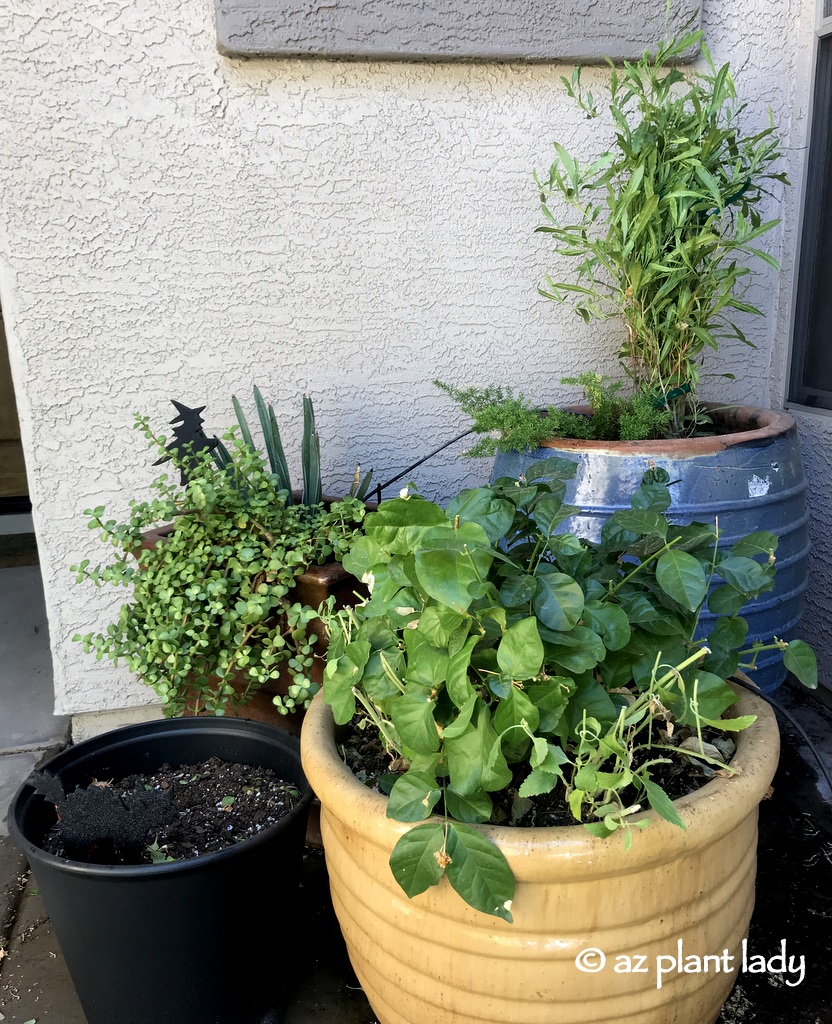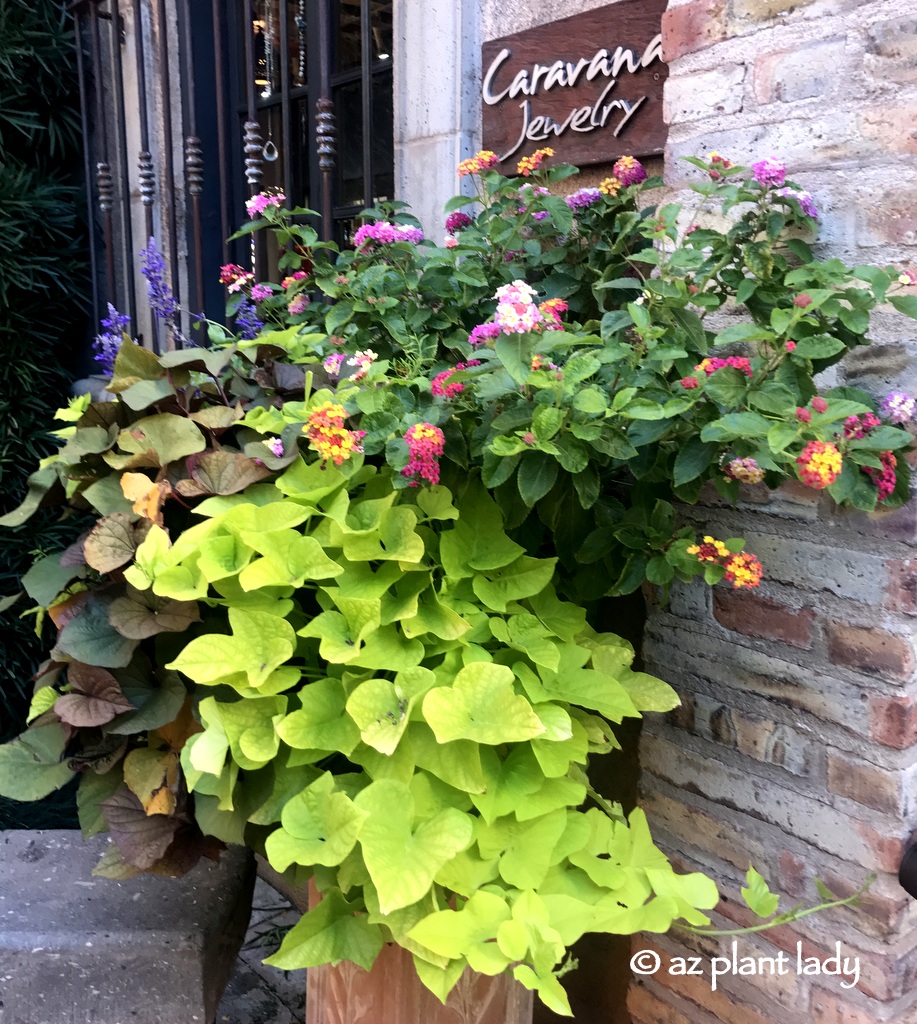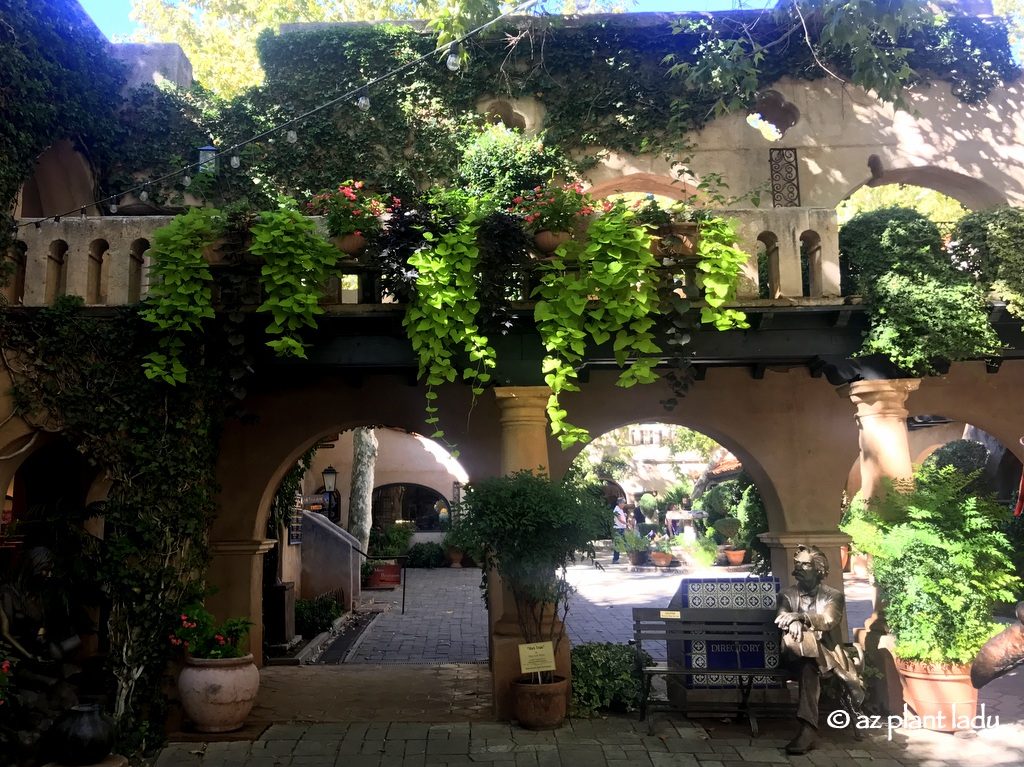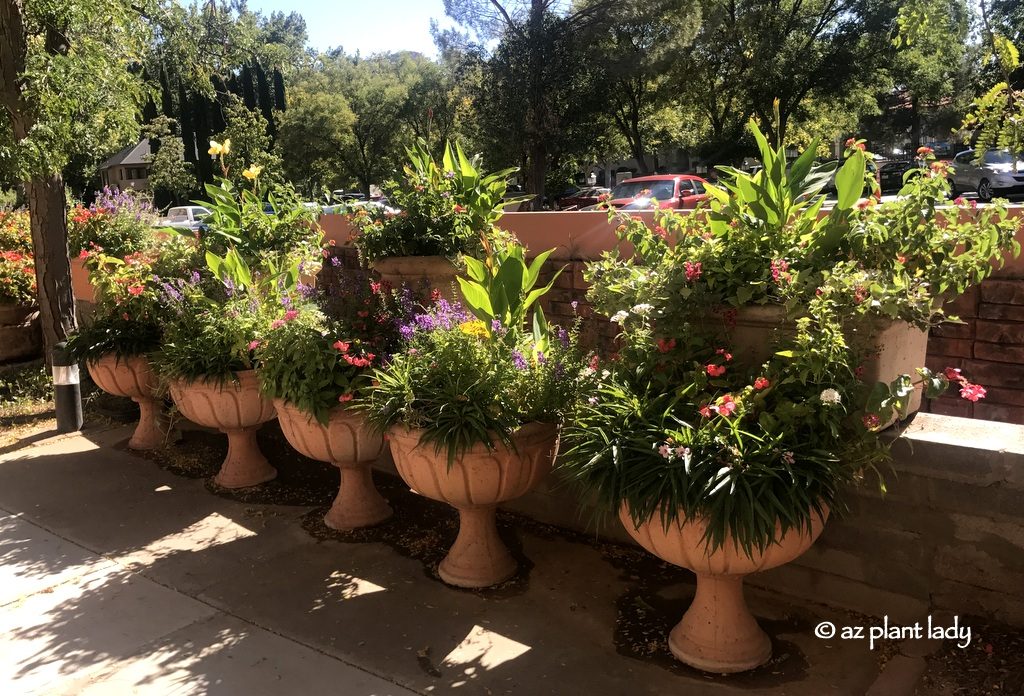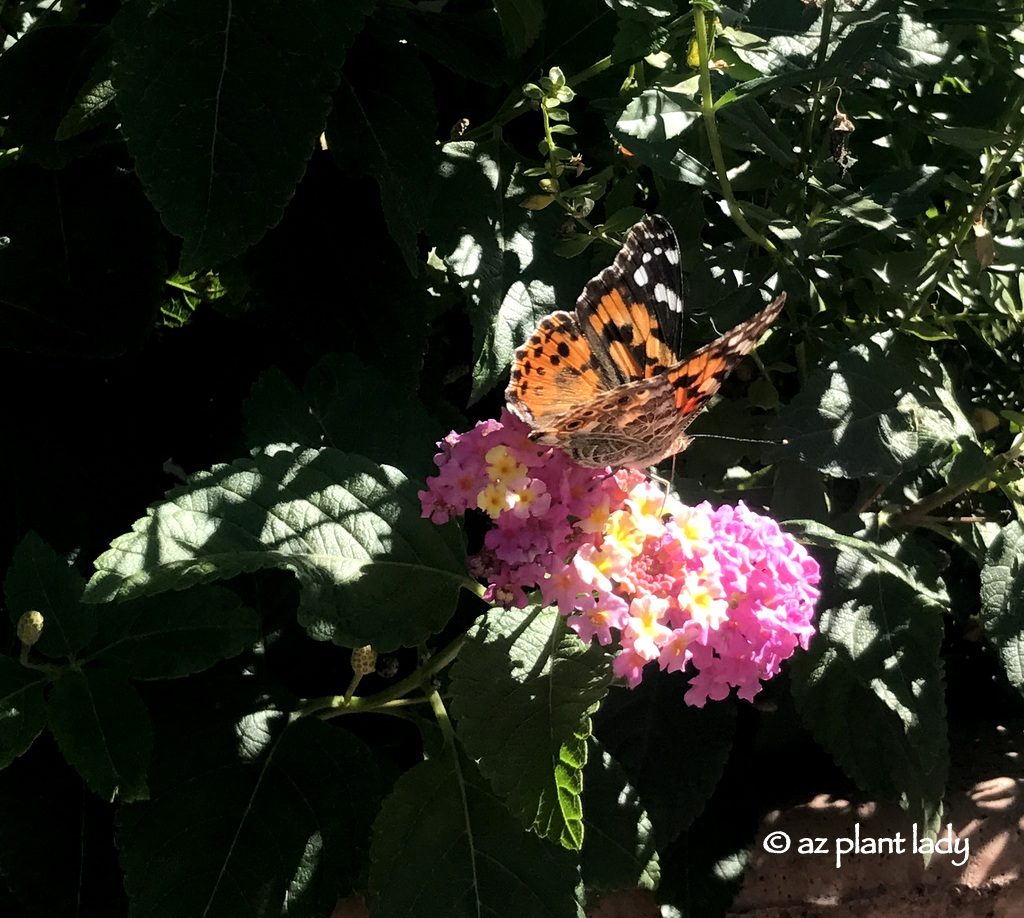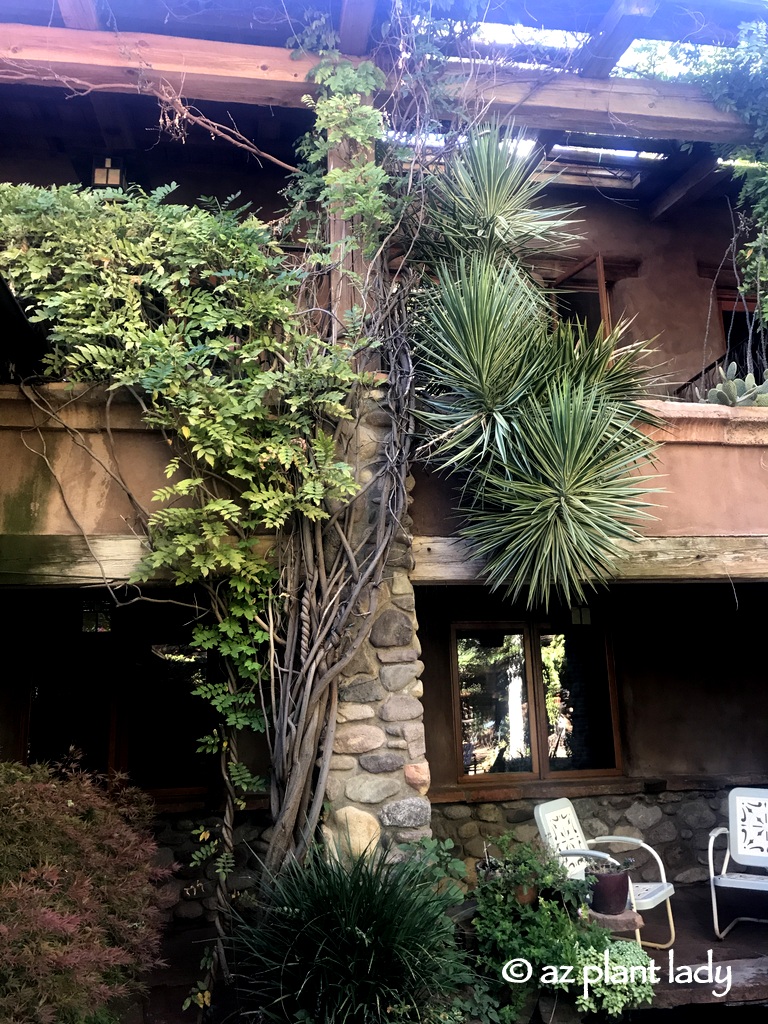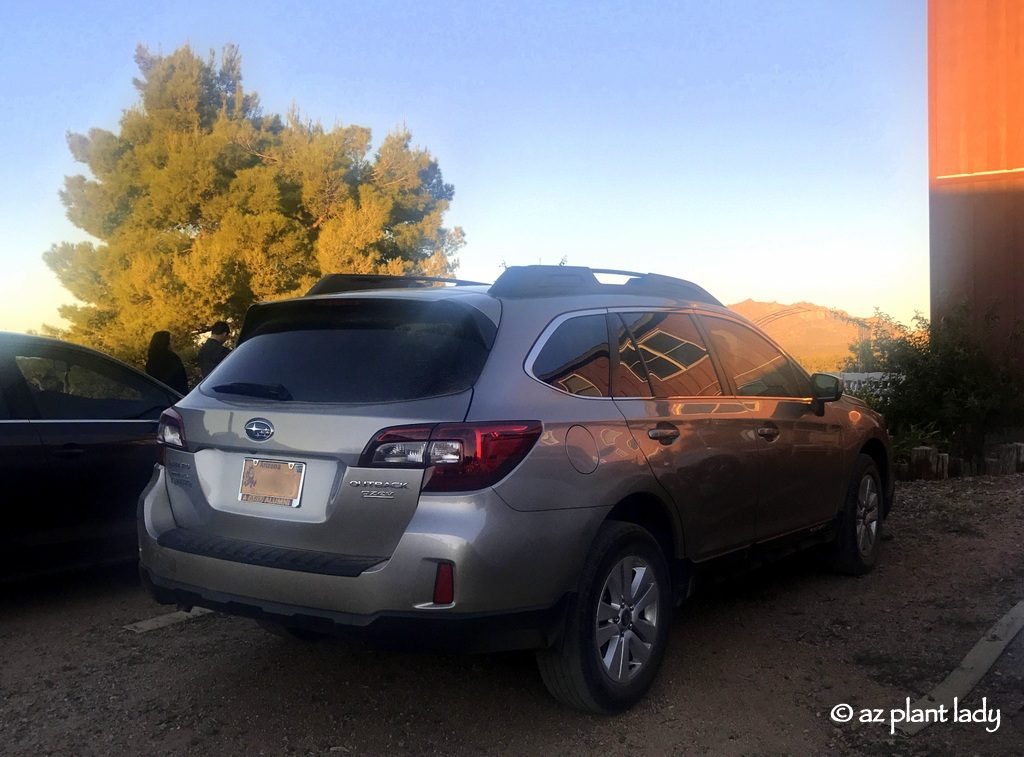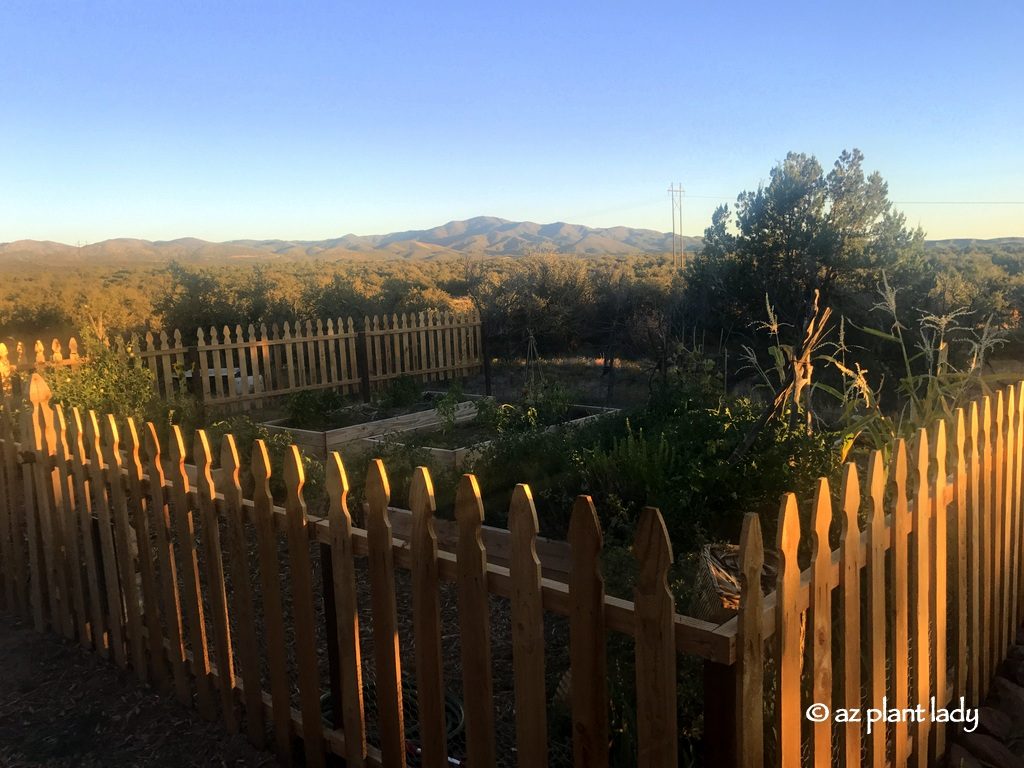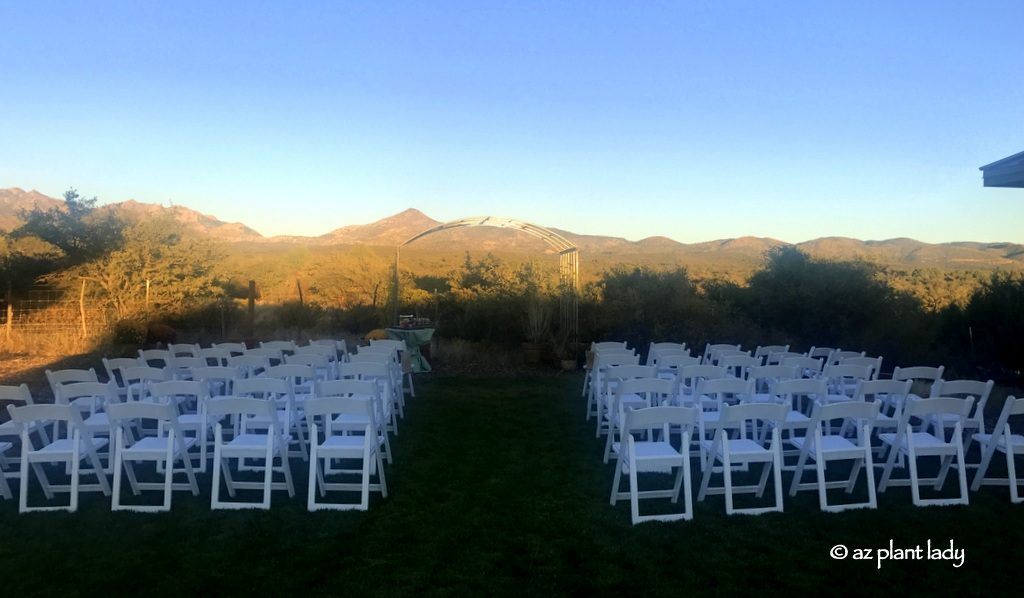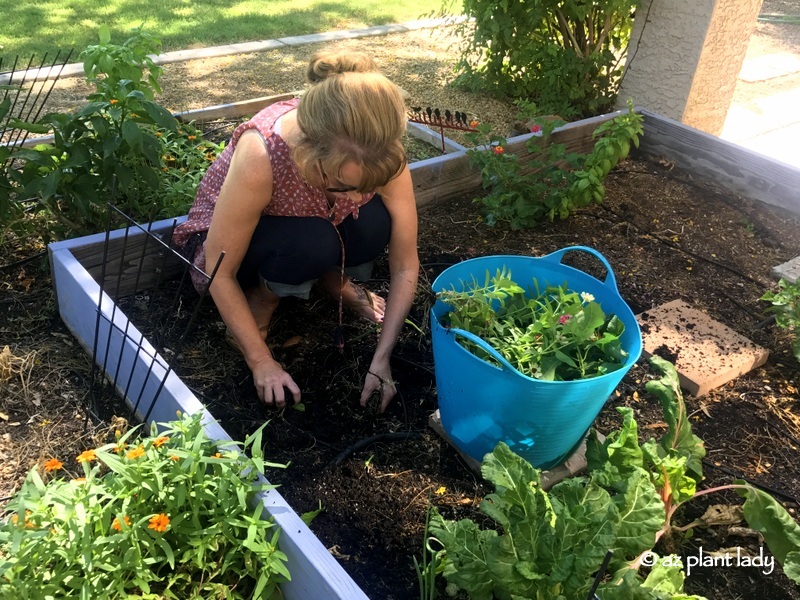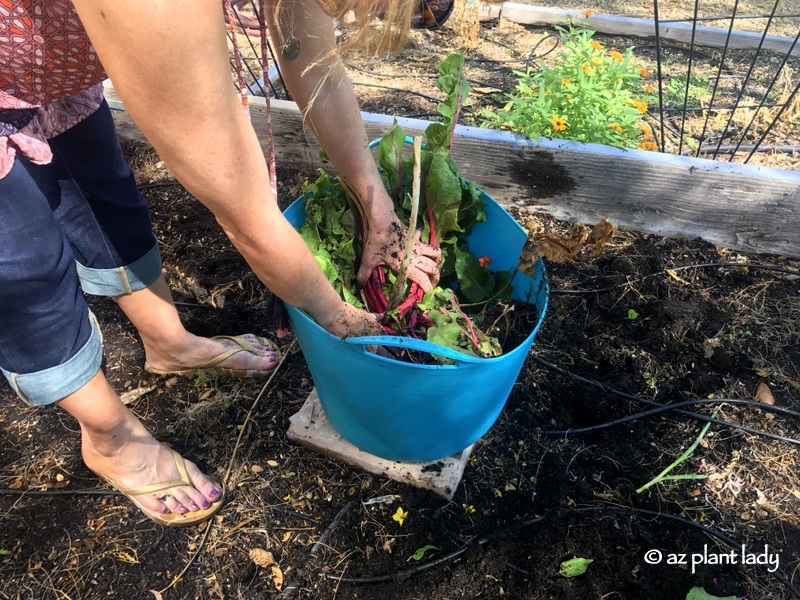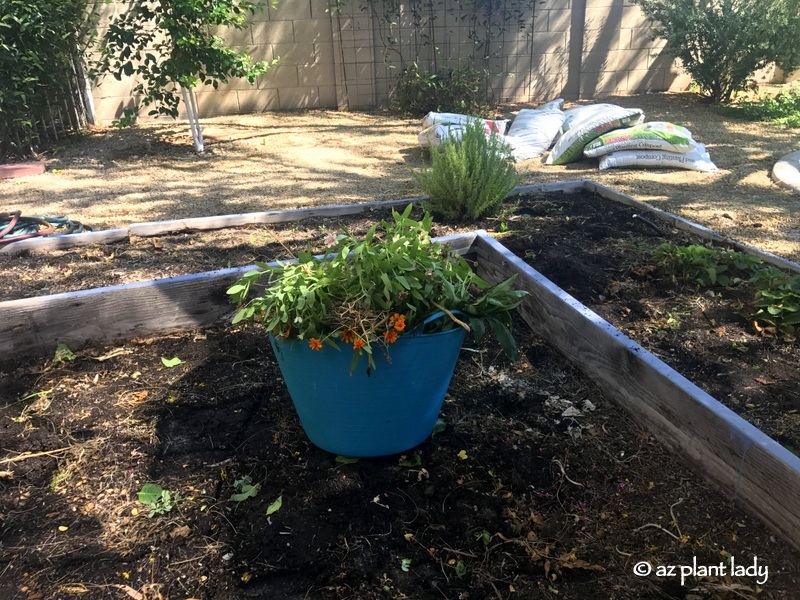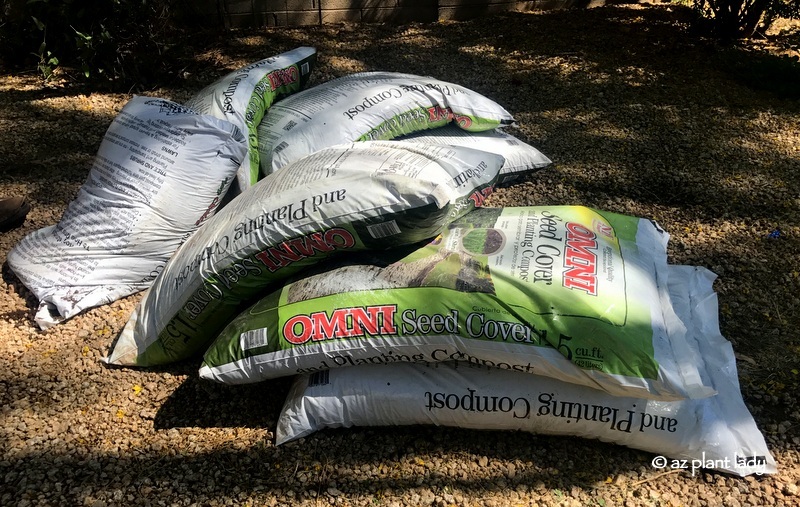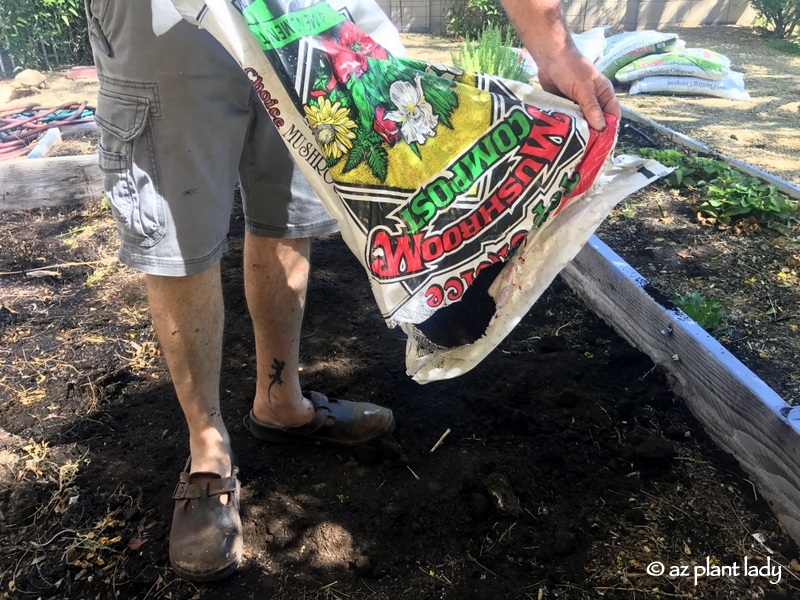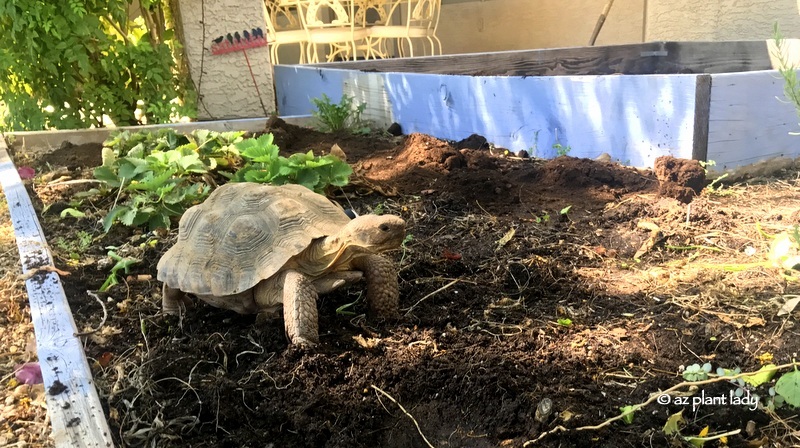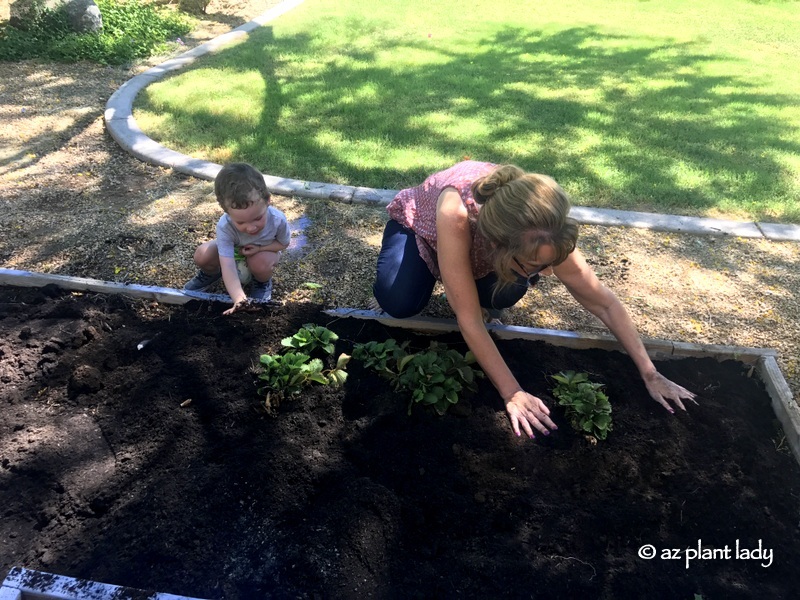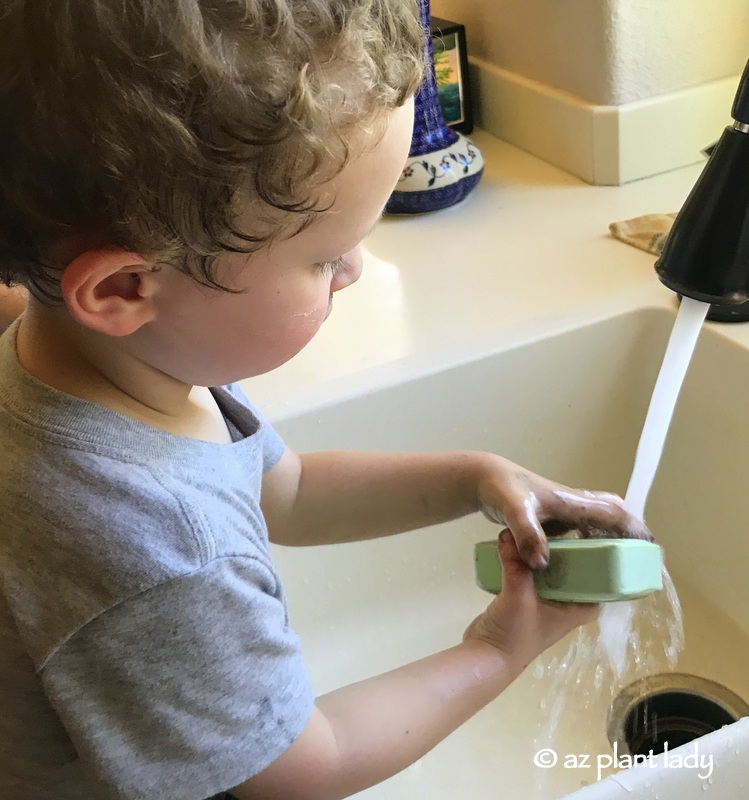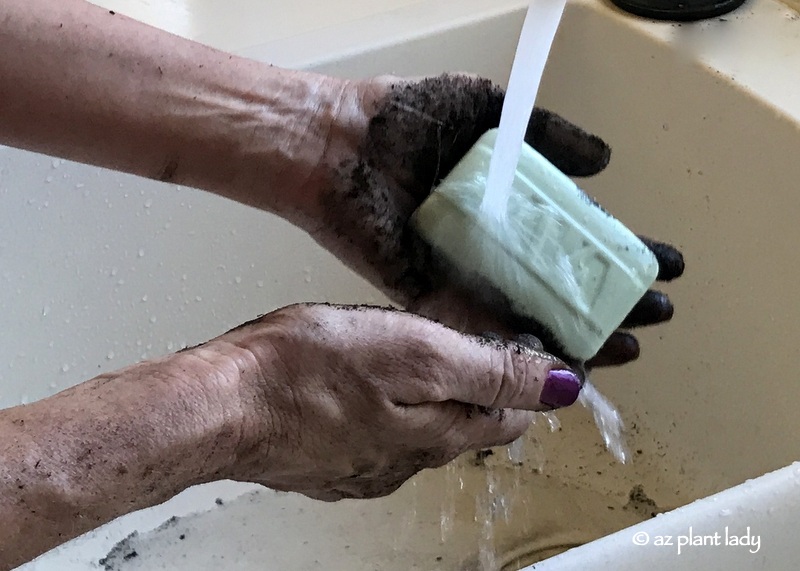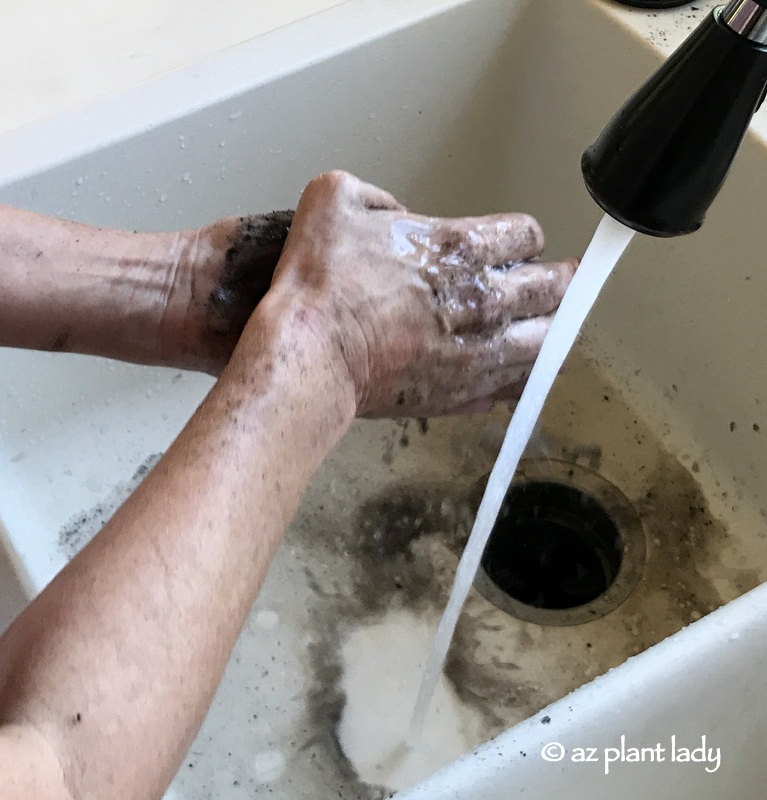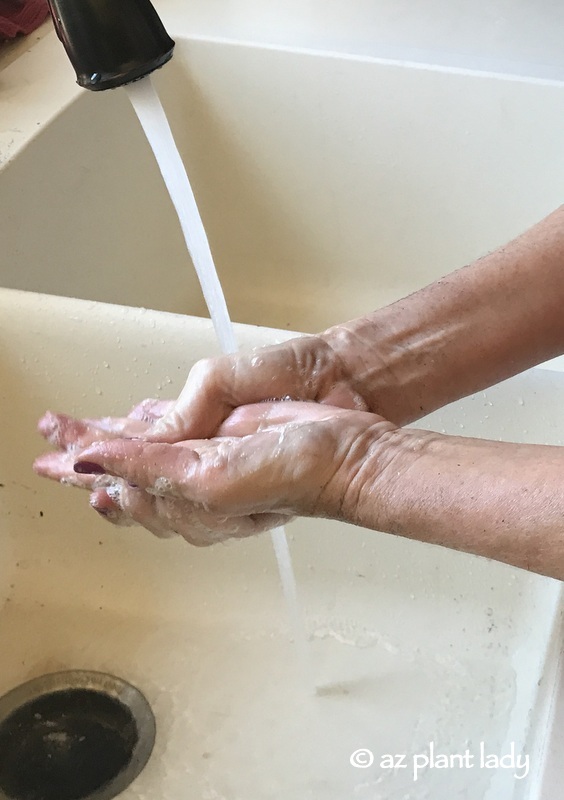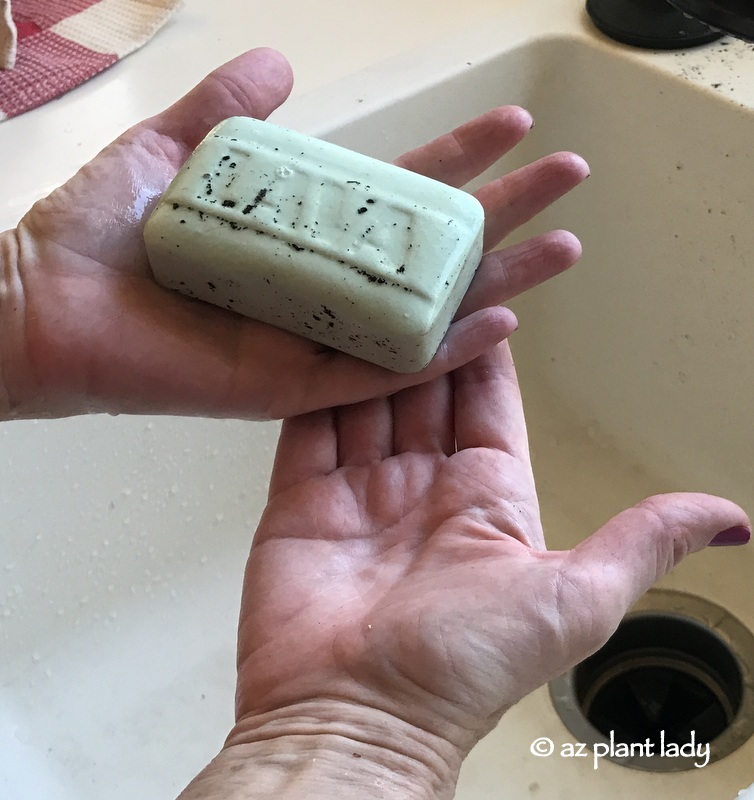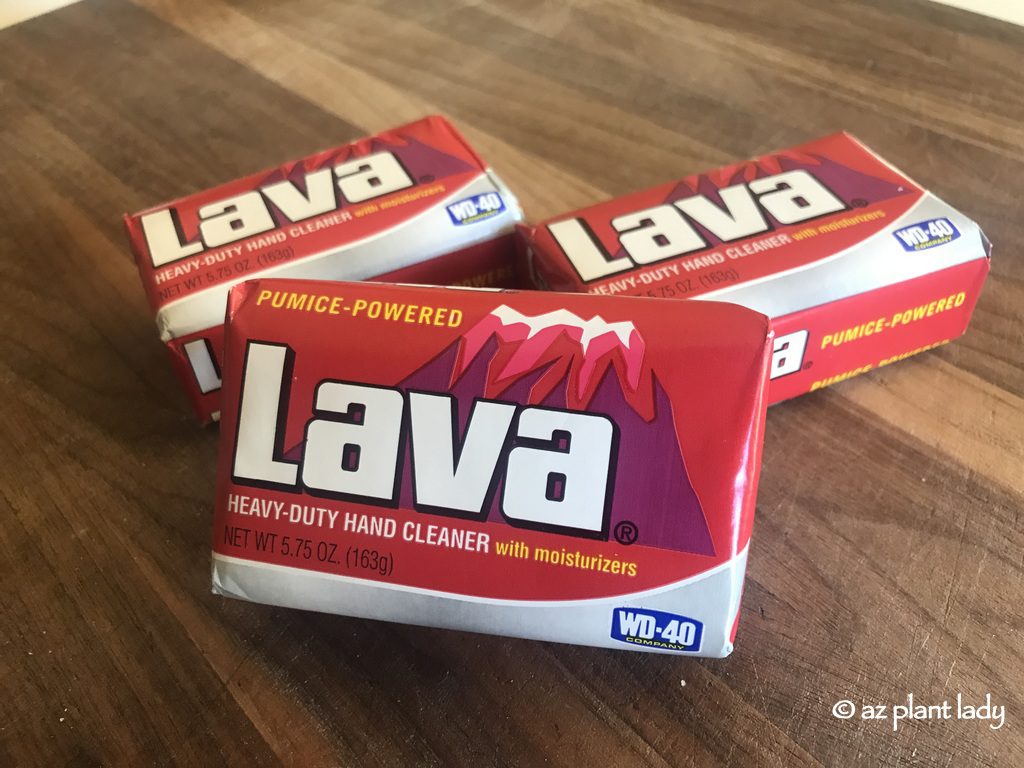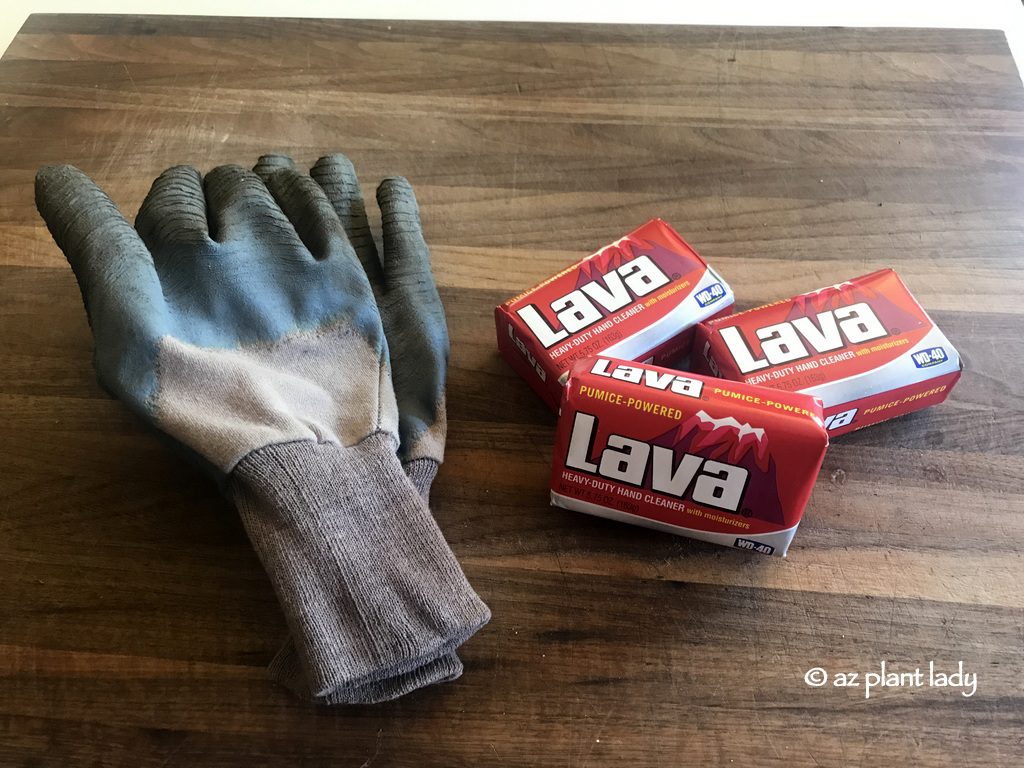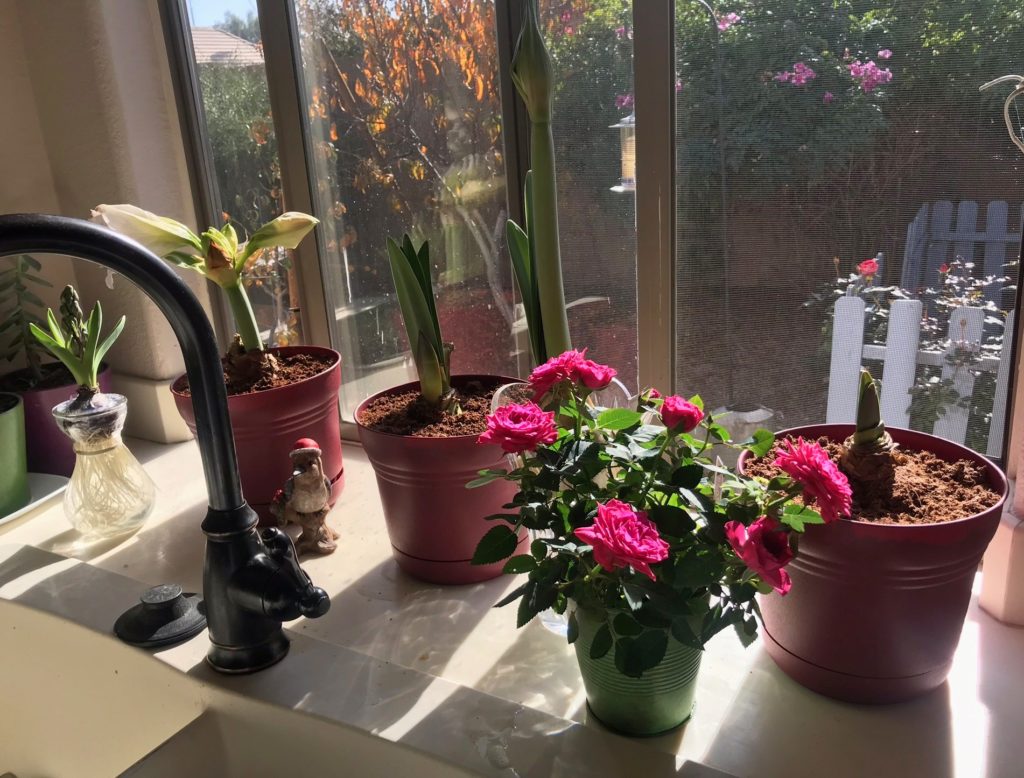
*This blog post contains affiliate links. If you click through and make a purchase, I may receive a commission (at no additional cost to you). Thanks for your support in this way.*
Embracing the New Year with Garden Products and Plans
Reflecting on Traditions and Aspirations for the Garden
HAPPY NEW YEAR!
Our New Year’s celebrations are usually spent at home, eating an extra nice dinner and enjoying game night playing our favorite board game, Ticket to Ride. Basically, it involves trains and moving across the U.S. I’ve never played a game that I like more and our friends and family agree.
New Year Traditions for Our Family
New Year morning involves making deliciously sweet monkey bread and settling down to watch the Rose Parade with my mother and the kids. I remember going to the parade with my grandparents when they lived only blocks away and I enjoy reliving that memory every year when I watch a new one each year.
An Indoor Garden Focus
In regards to my garden, holiday activities mean that I don’t go outside in the garden much, but I do concentrate on my indoor garden that is located on my kitchen windowsill. I have amaryllis; a miniature rose, a single hyacinth bulb and a couple of succulents growing. But it doesn’t mind since the colder weather means that my plants don’t need much attention.
Preparing for the Garden
Even though it is winter, I will be concentrating my attention on the outside garden as January is the best time to prune back my roses as well as apple and peach trees. This is also the best time to add new roses and I have a fun project coming up with the folks at David Austin Roses, which I will share with you in a few weeks.
Explore My Garden Product Recommendations
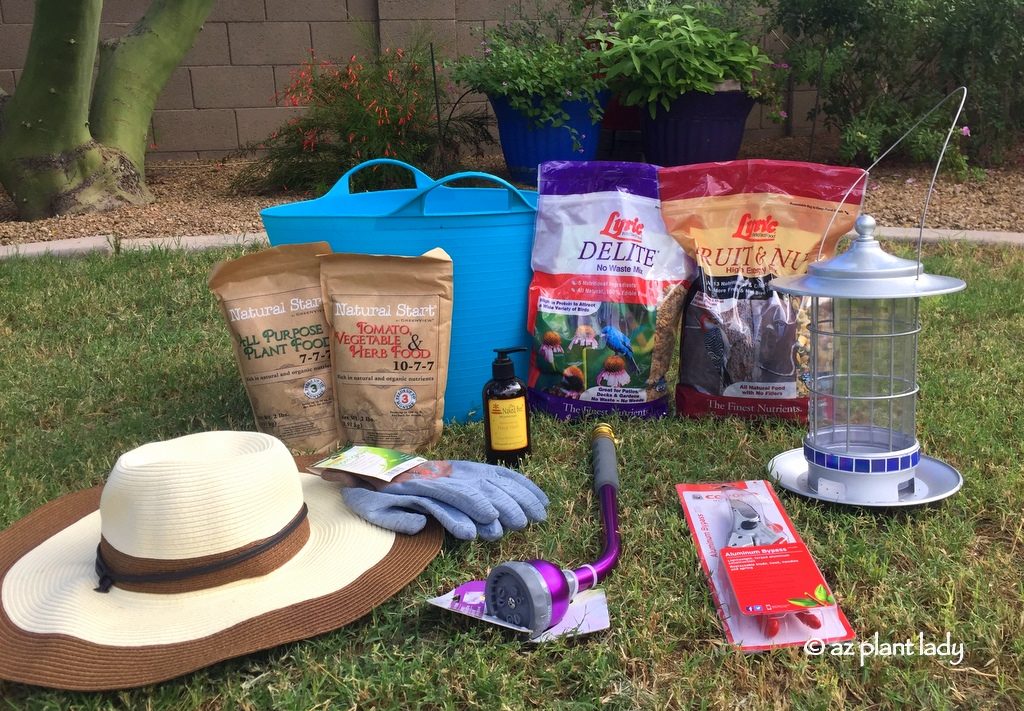
Over the holidays, I was often asked about garden products that I recommend, so I have created a list of my favorites that I use myself. You can view them here, or by clicking the photo above.
I hope that you find the list helpful. There is a wide variety of items from books, garden wear, fertilizers, tools, and so much more. It is also a great way to help support the blog at no extra expense to you if you purchase an item.
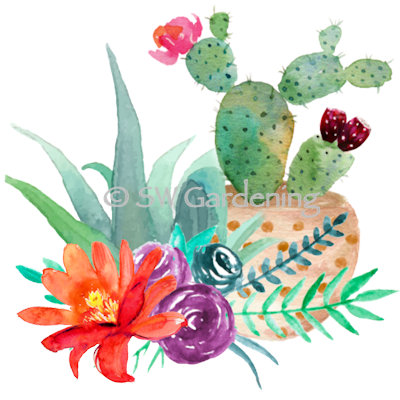
Sneak Peek: Exciting Projects Ahead
I have a special project that I’ve been working for the past several months. It is almost ready to debut, but until it does, I’ll give you an early peek at part of the logo:
I promise to let you know all the details very soon!
With the dawn of the New Year, I am excited about possible changes to my back garden (maybe grass removal), new roses, lots of travel, a new venture, and of course, writing this blog, which is so near and dear to my heart.
What are you excited about in this coming year?


